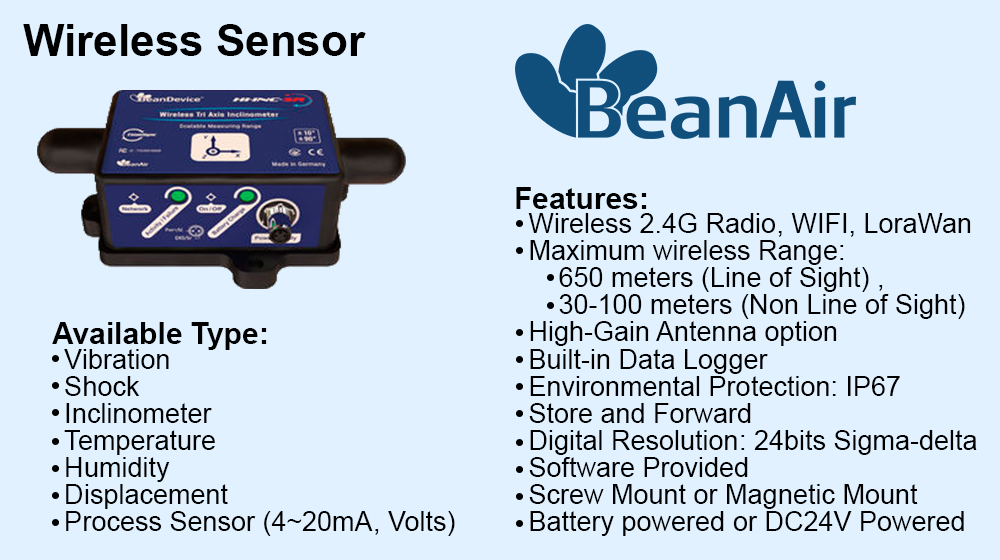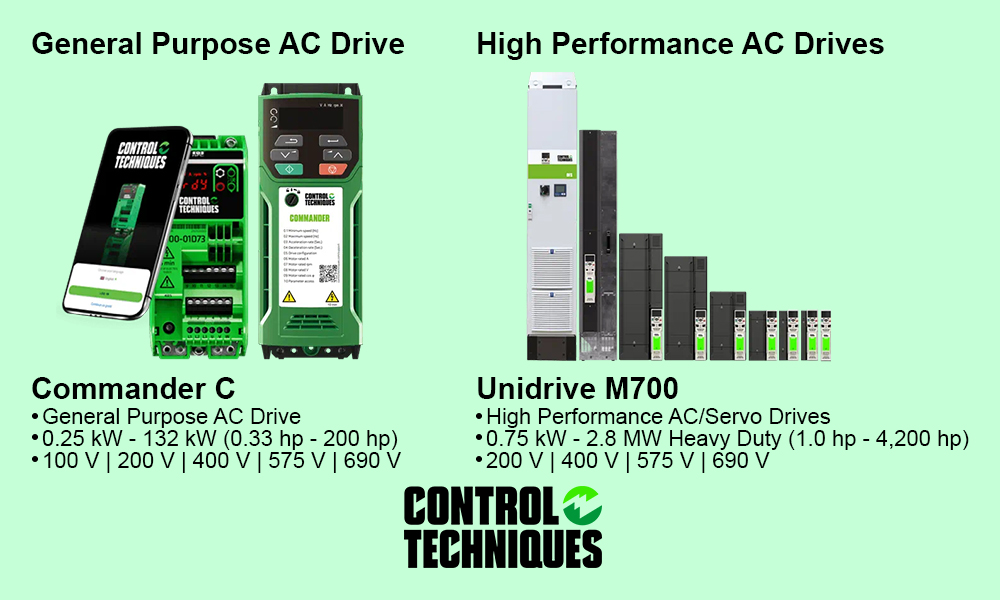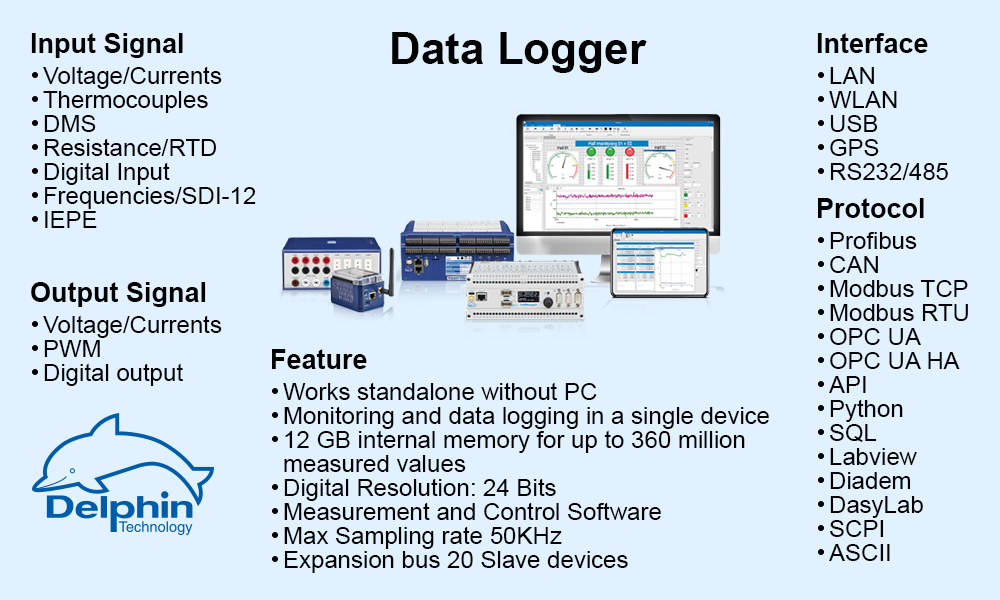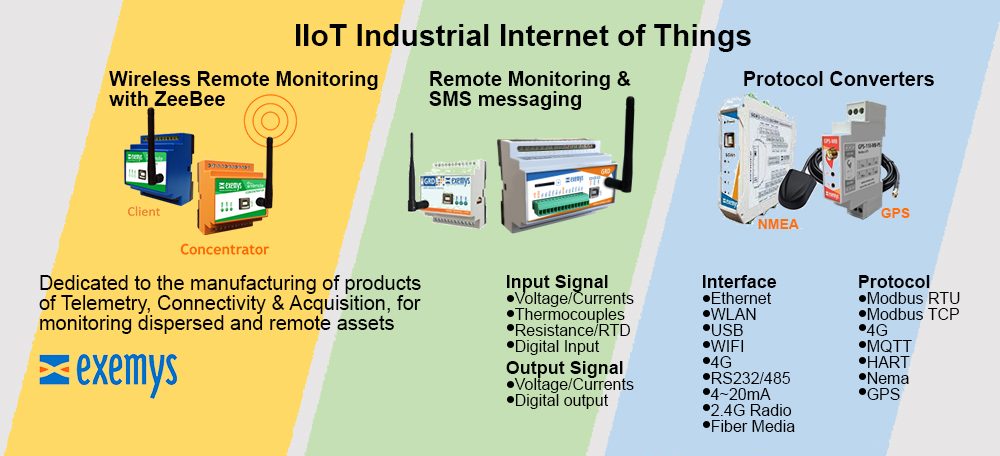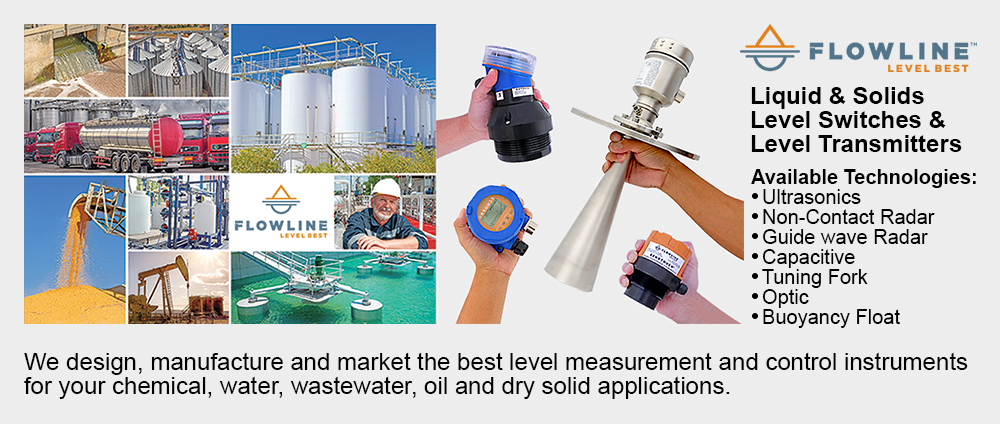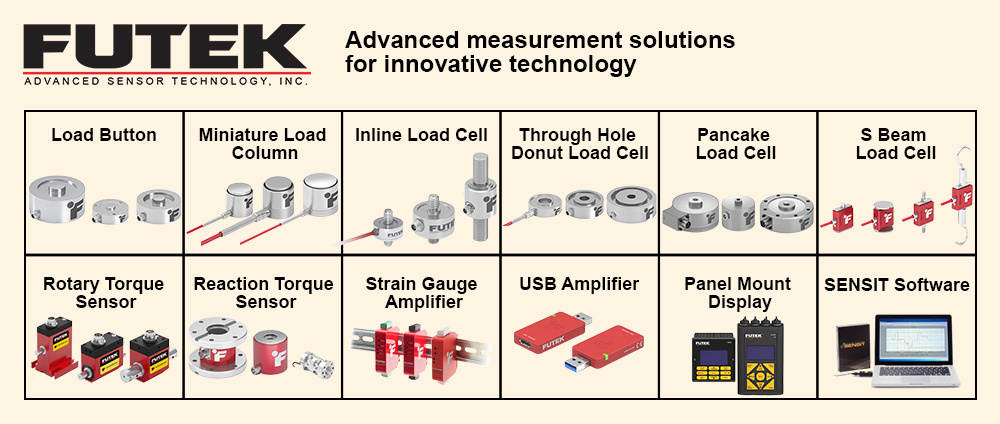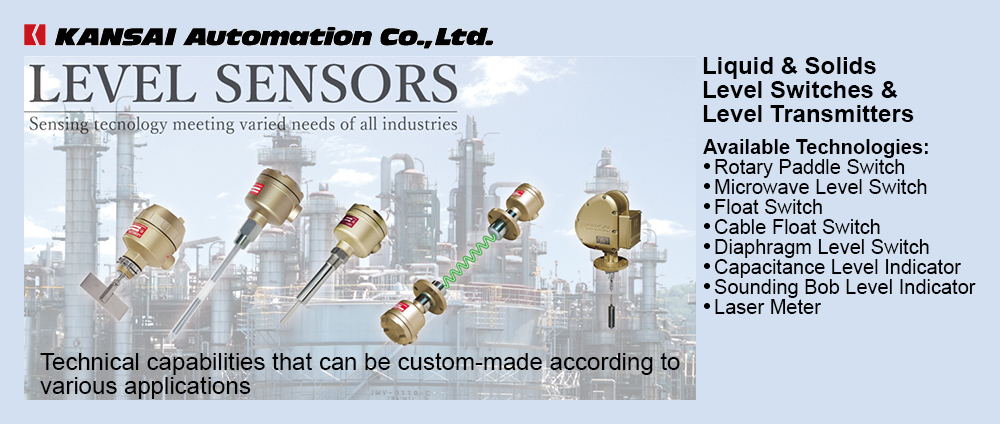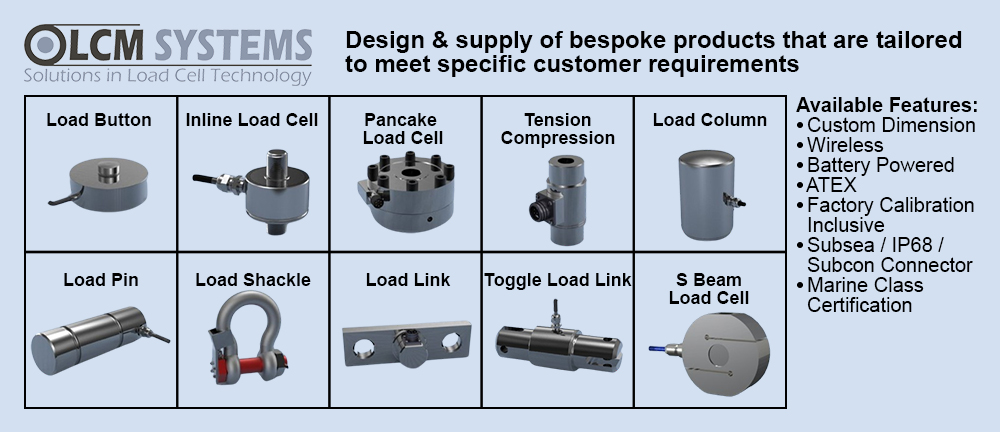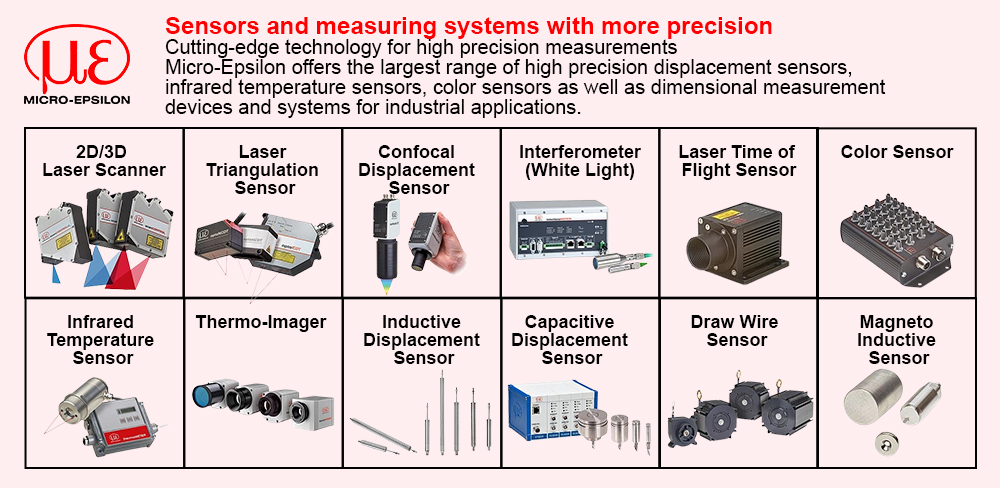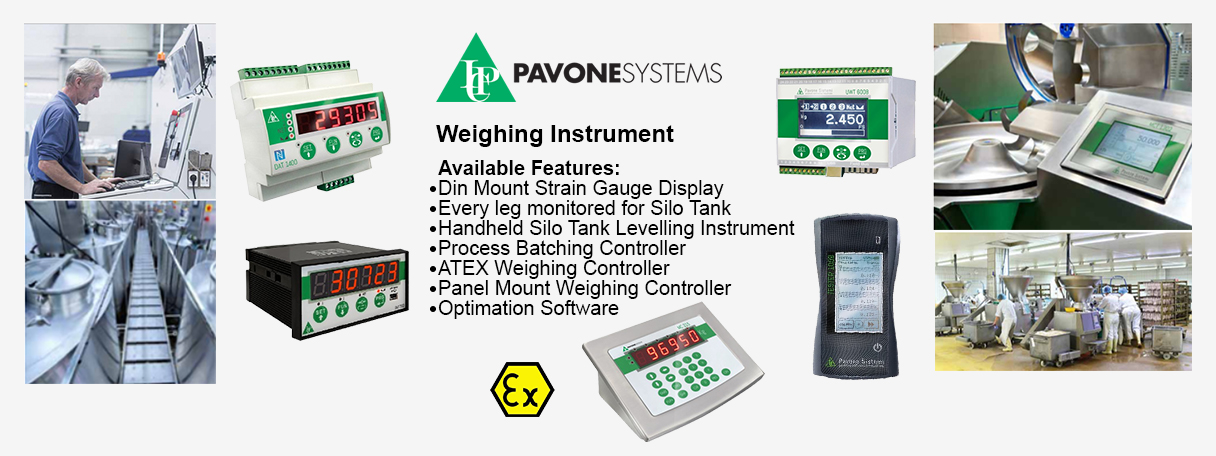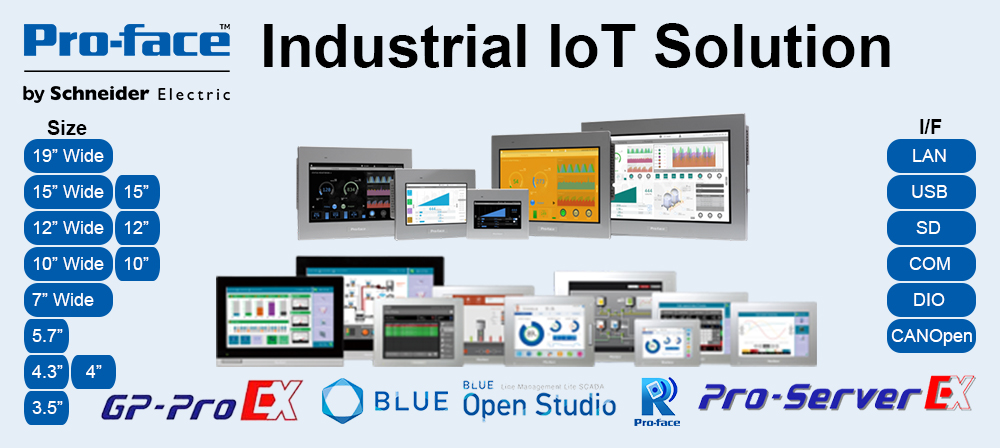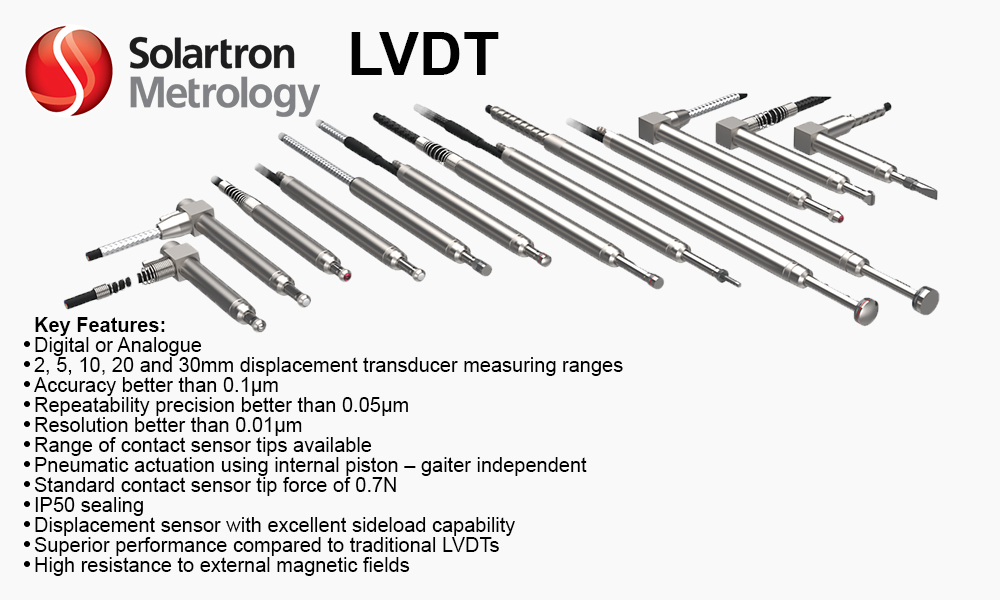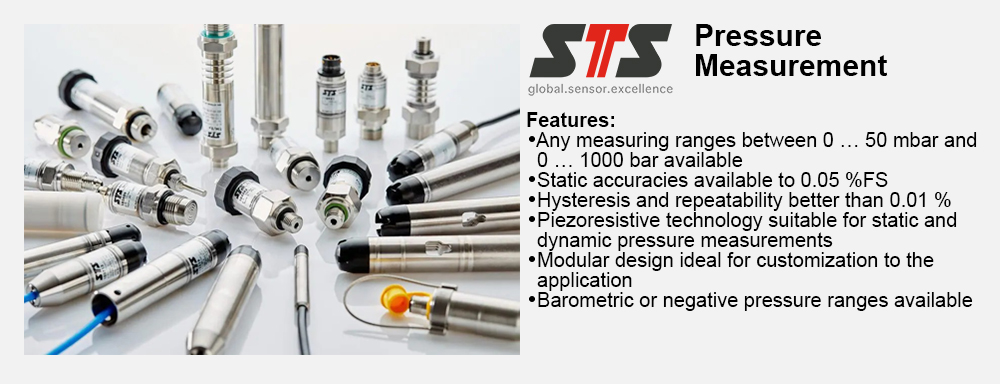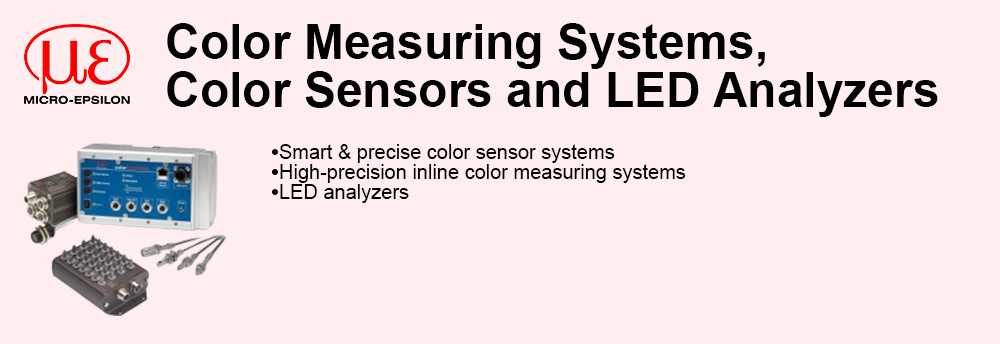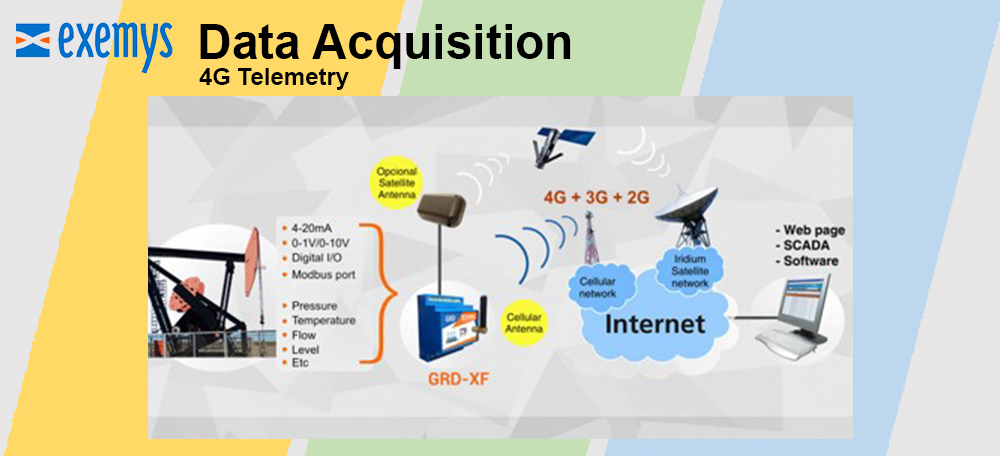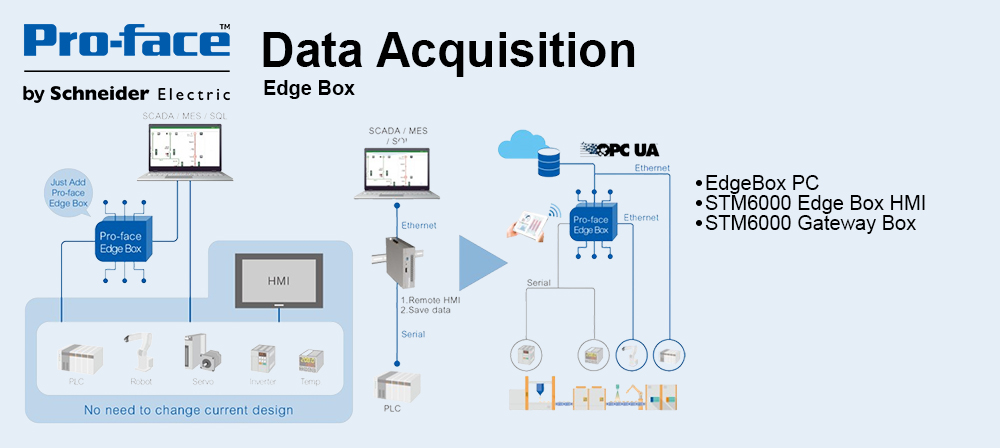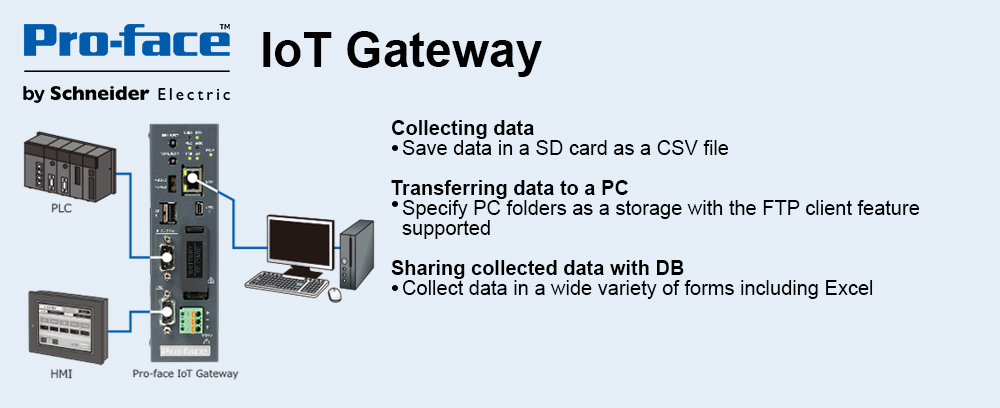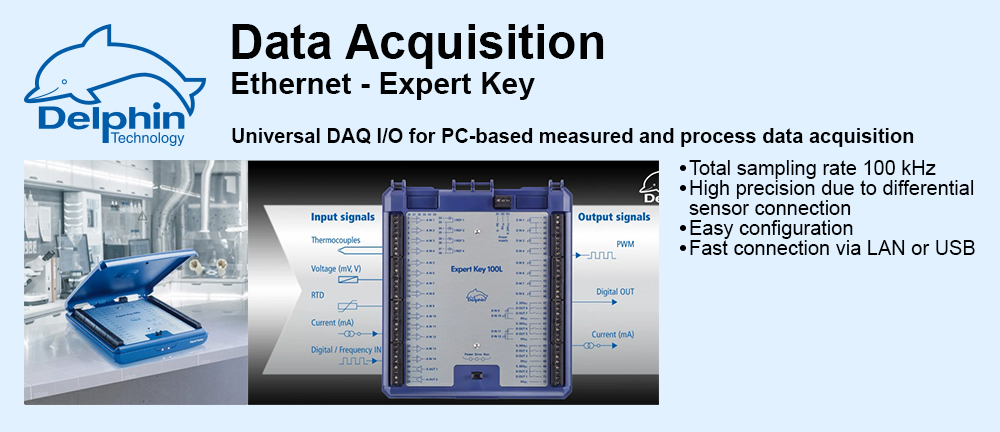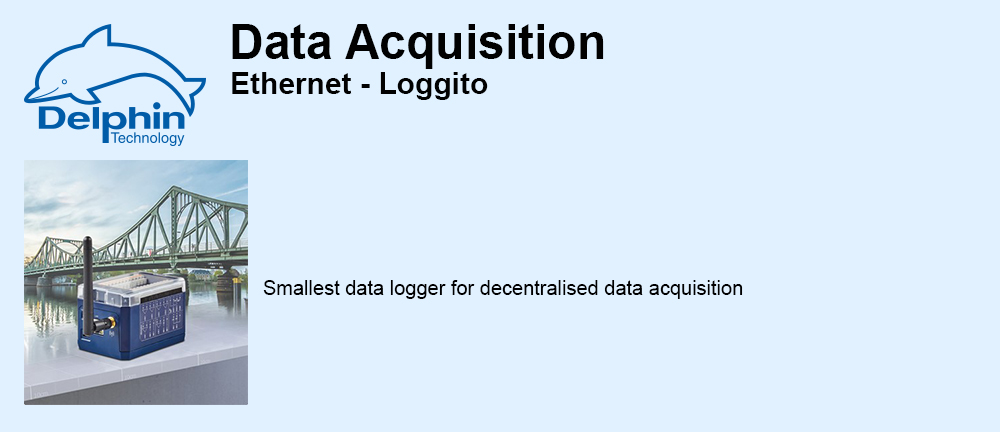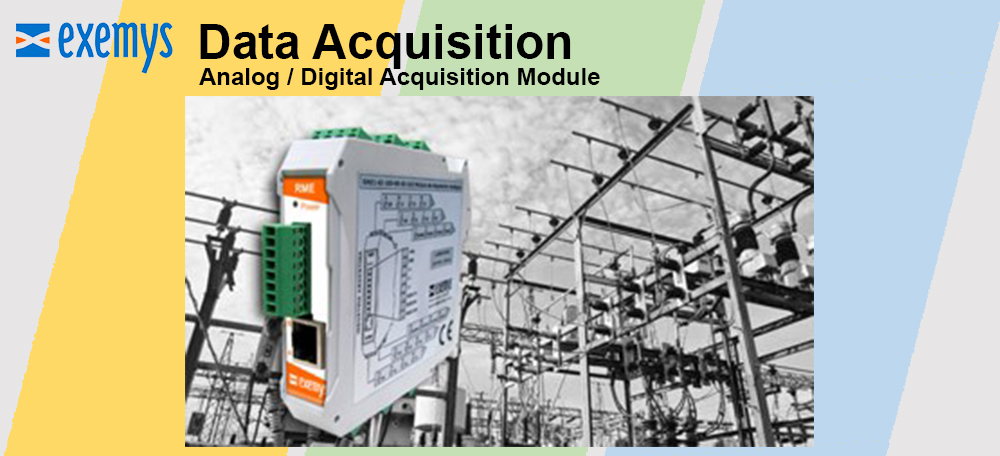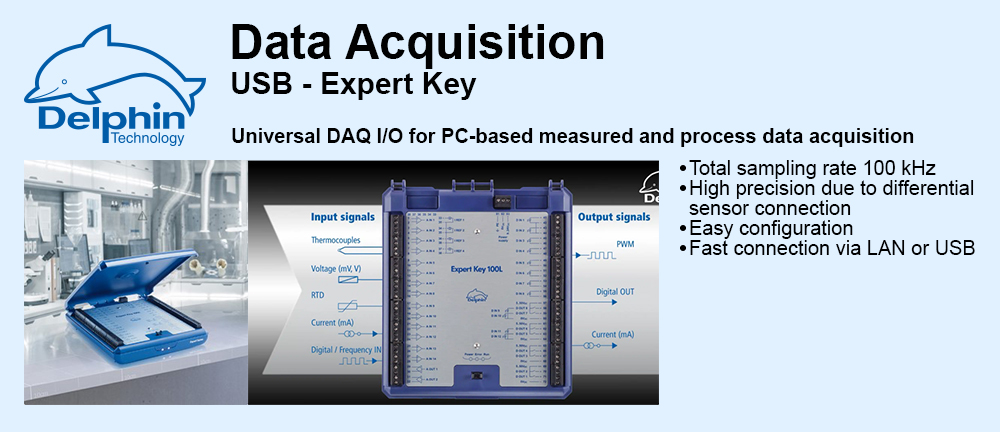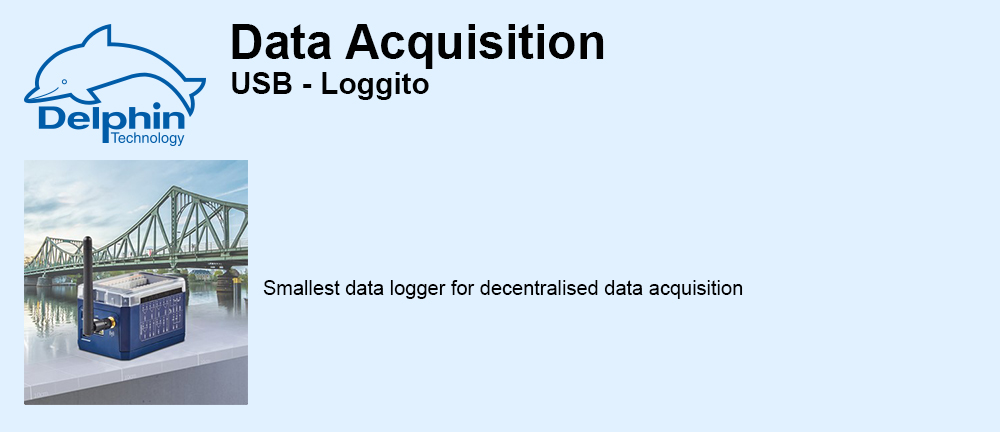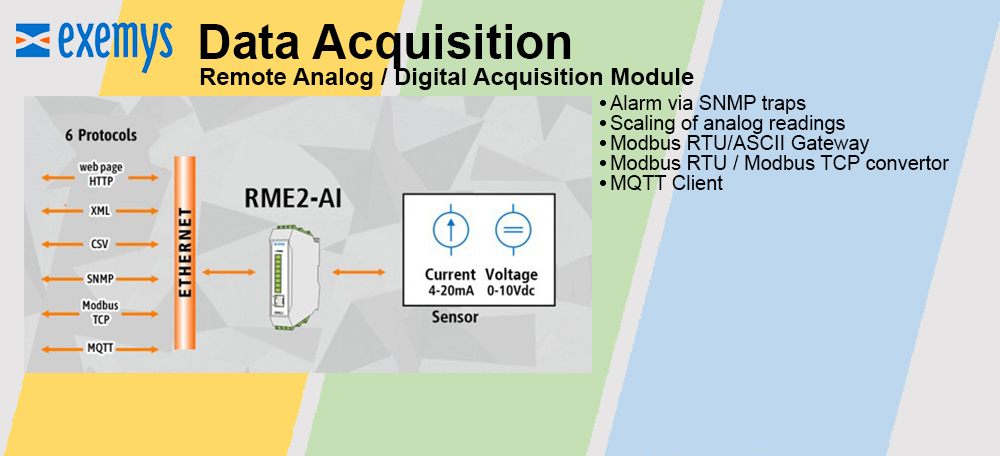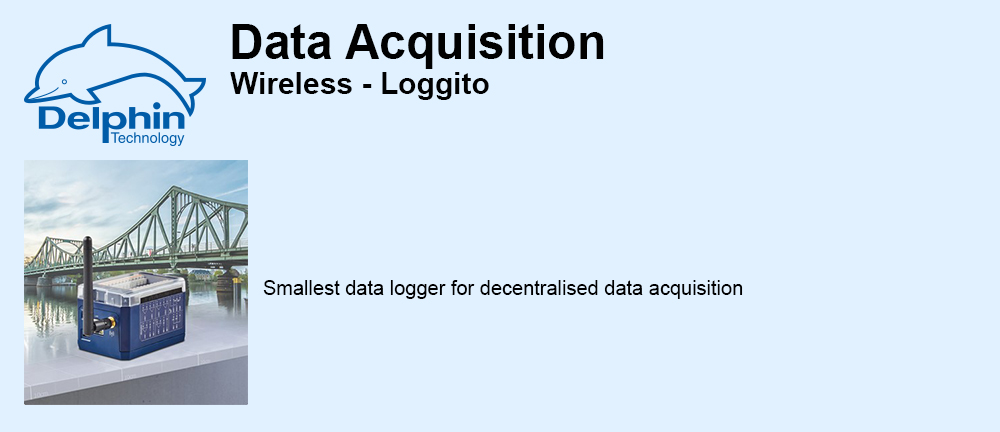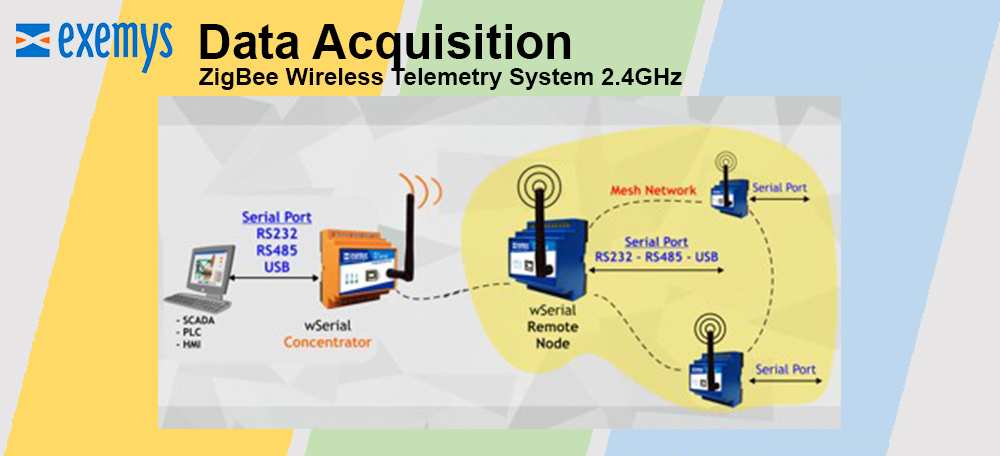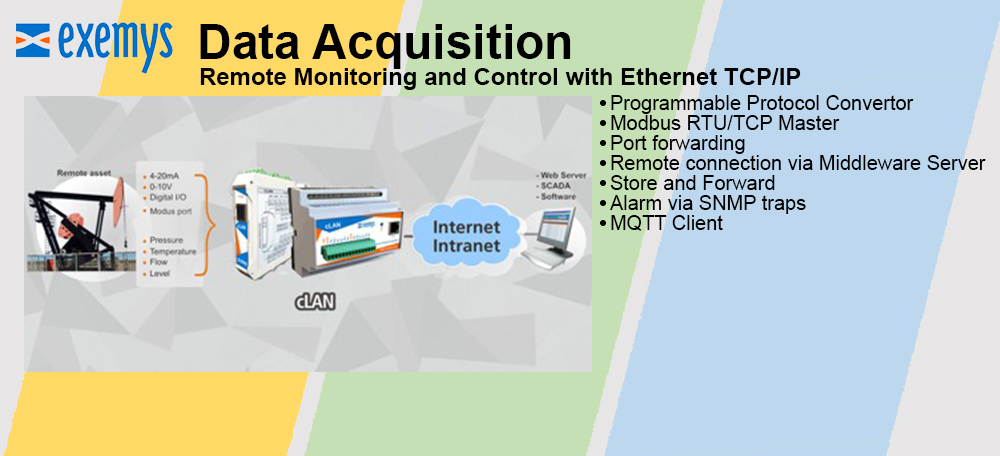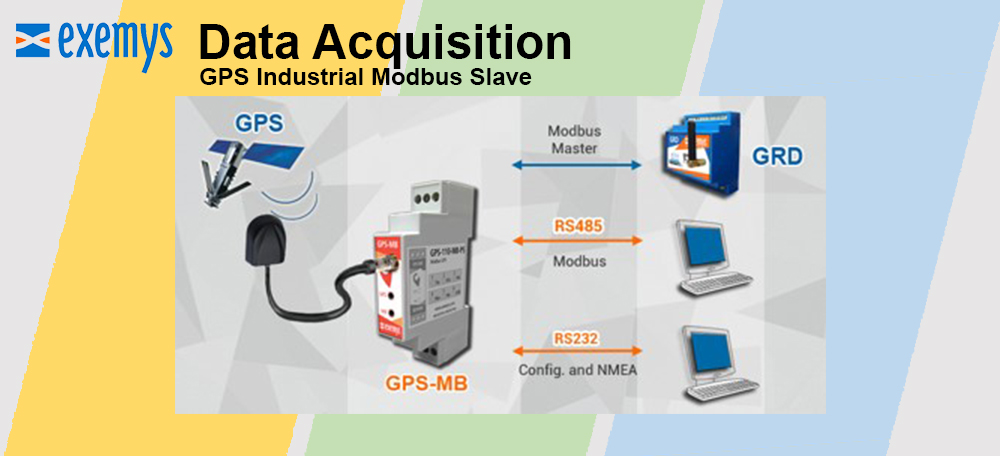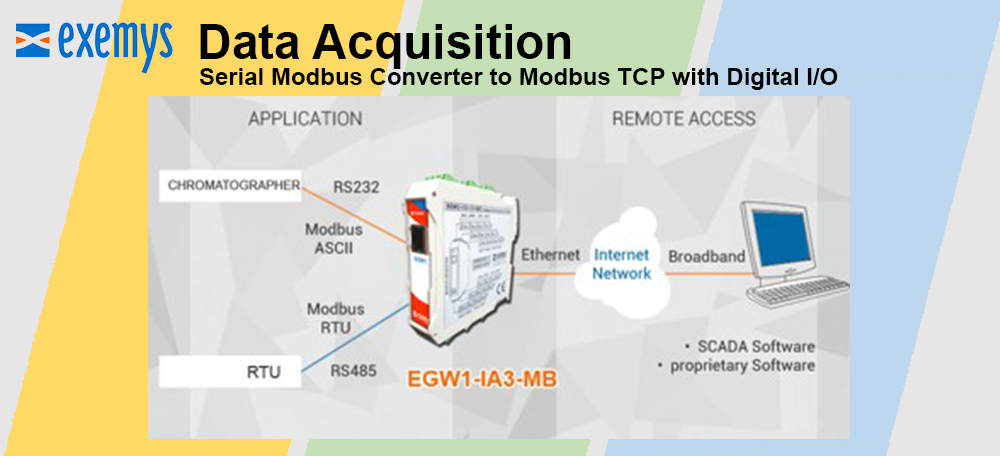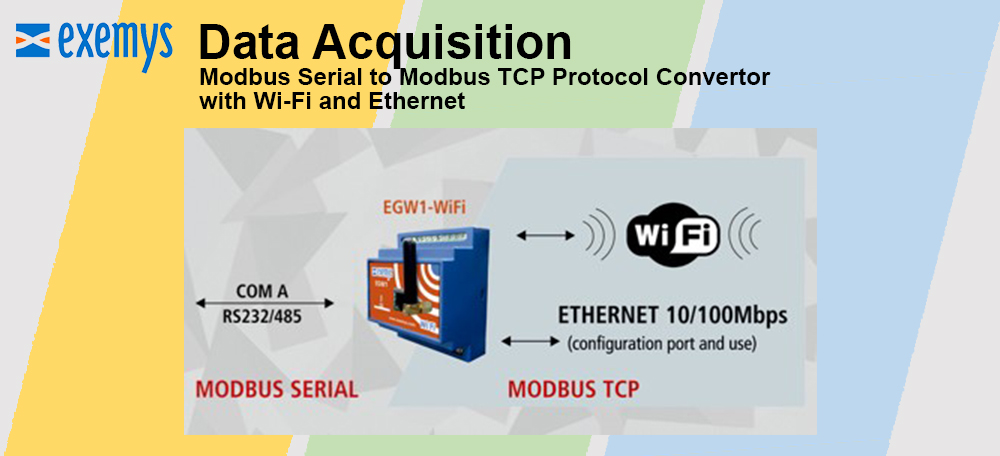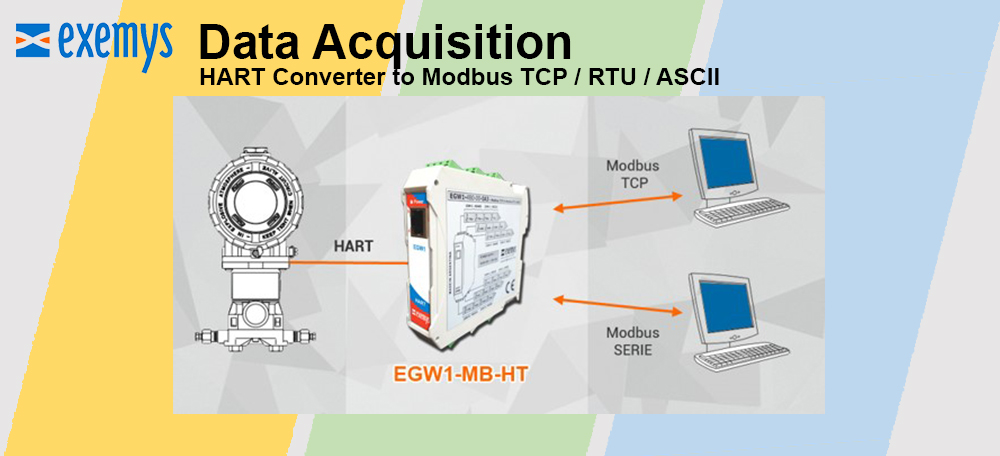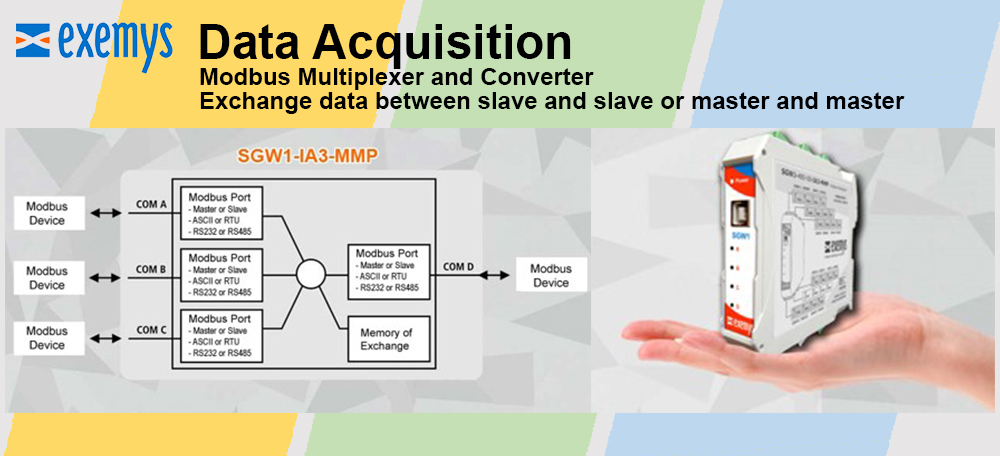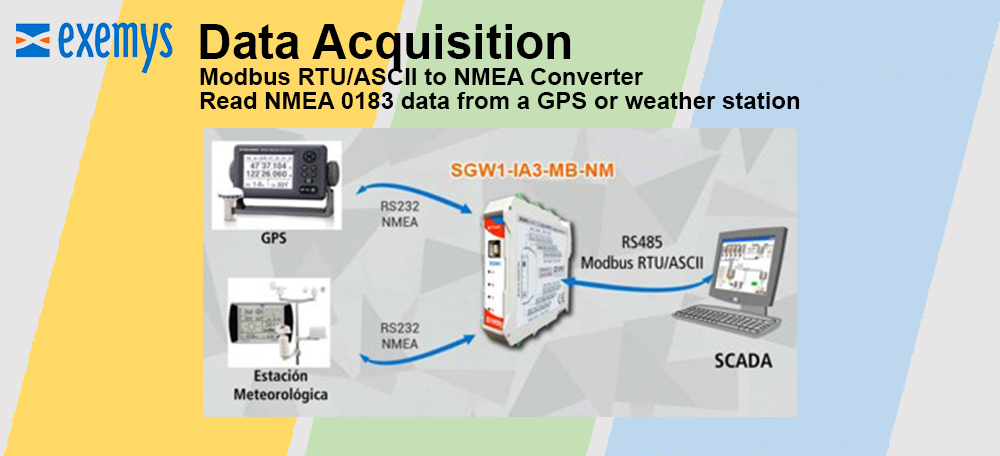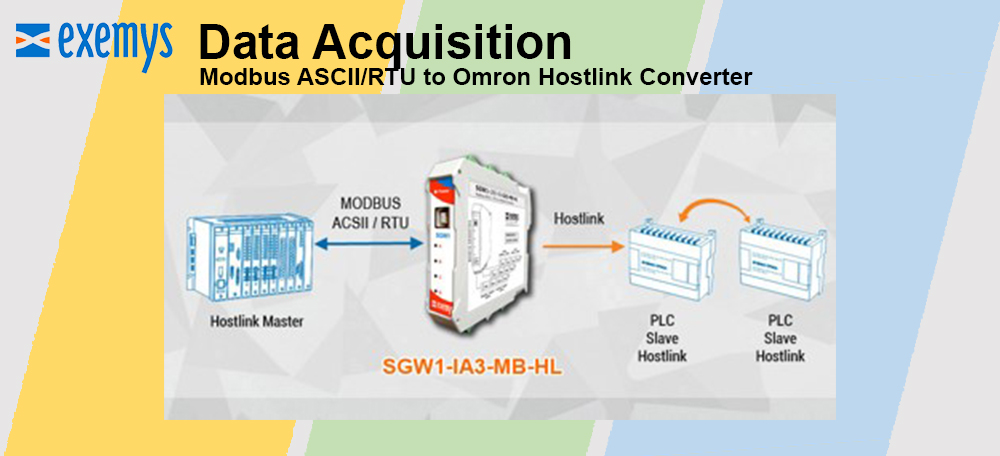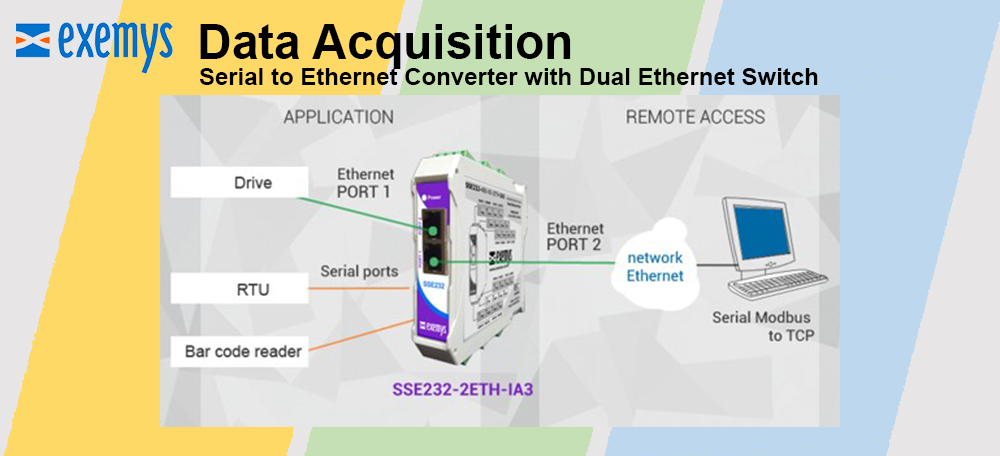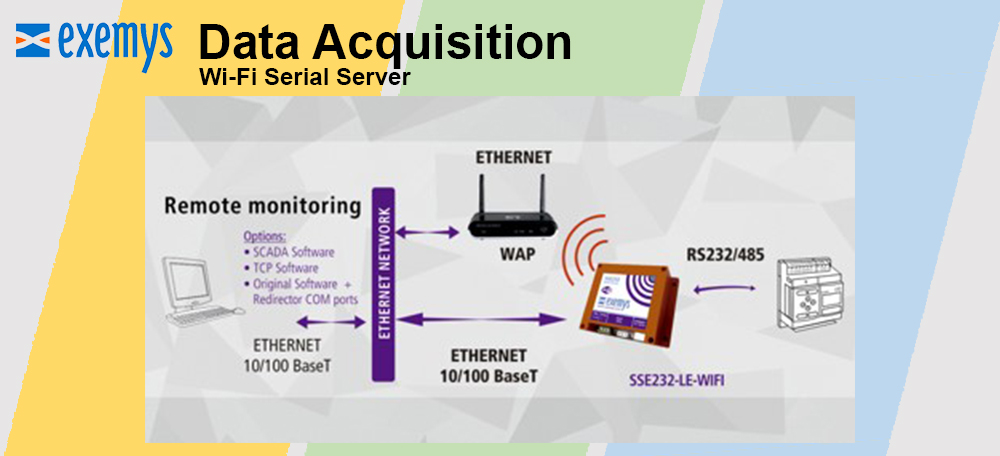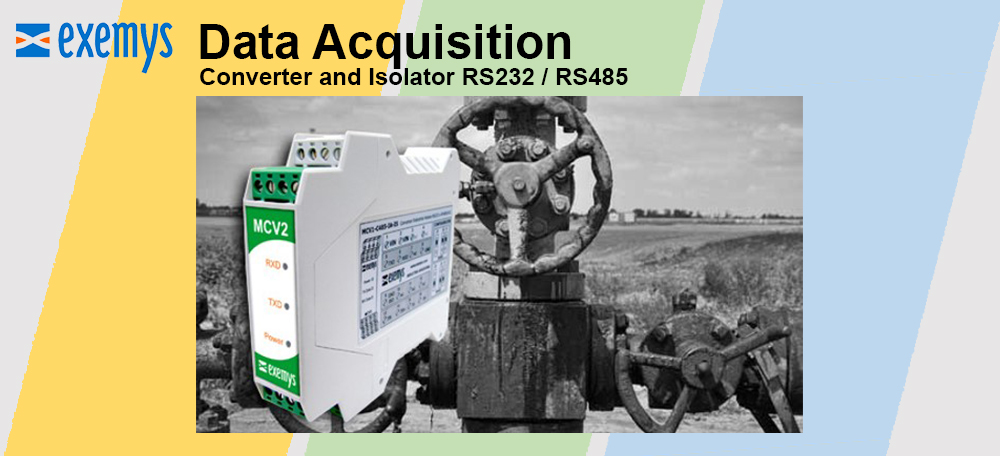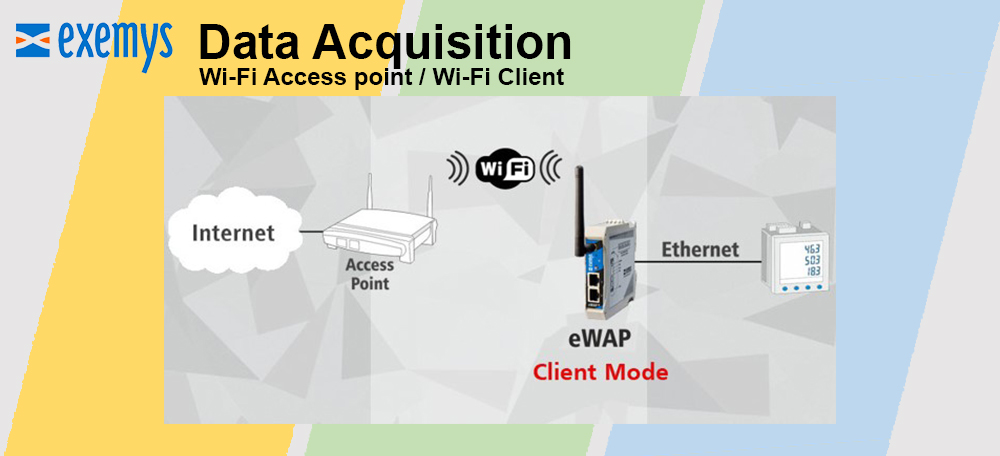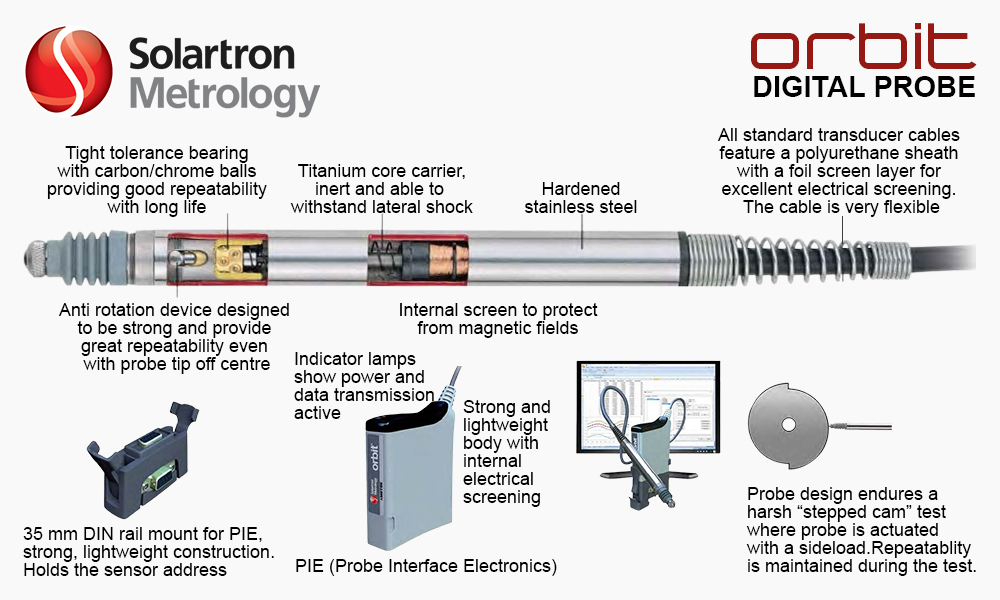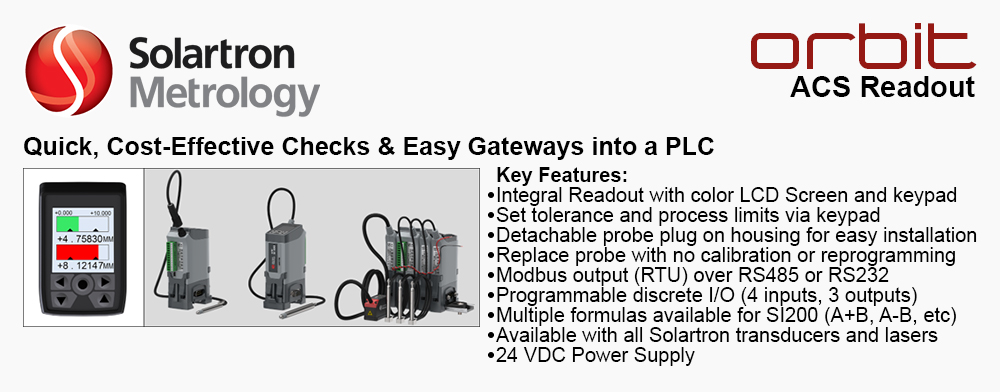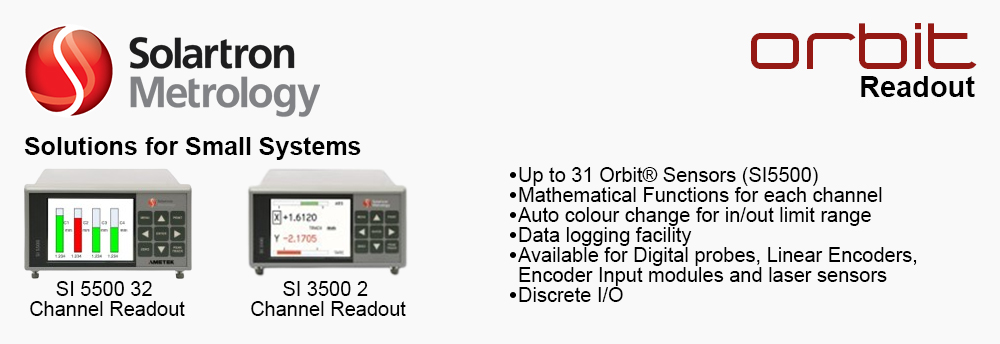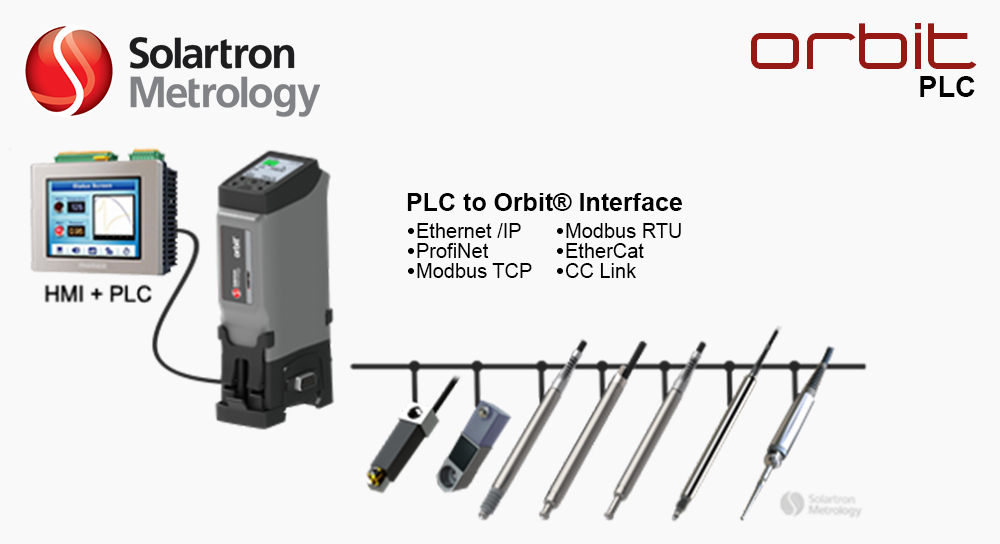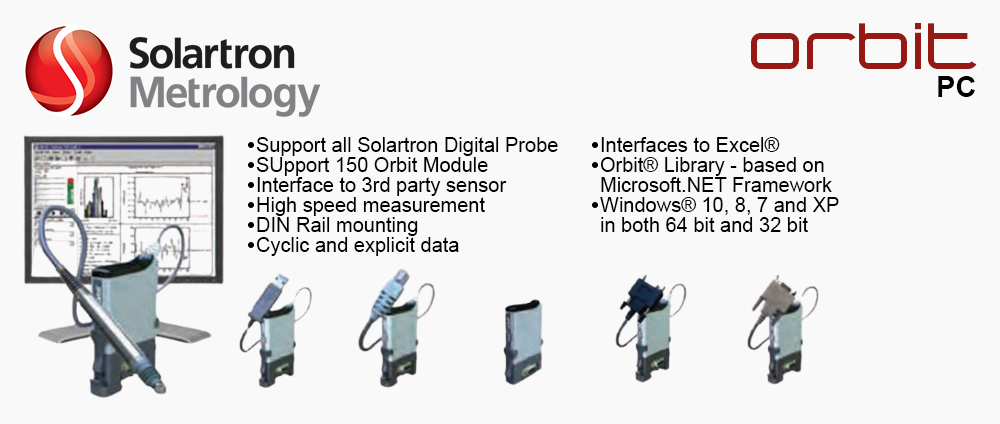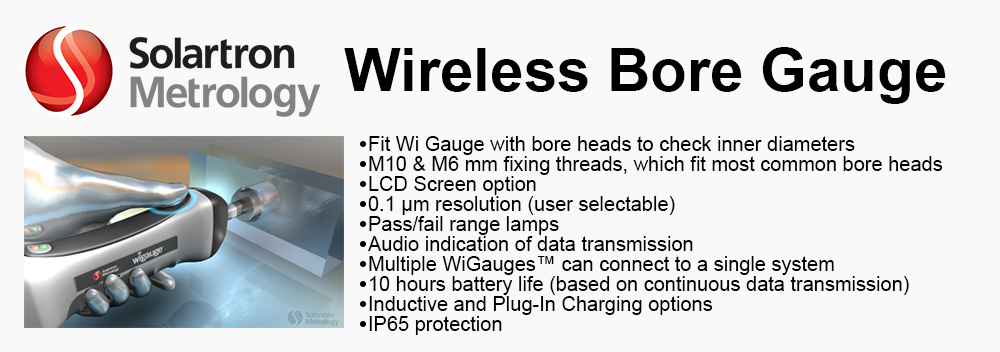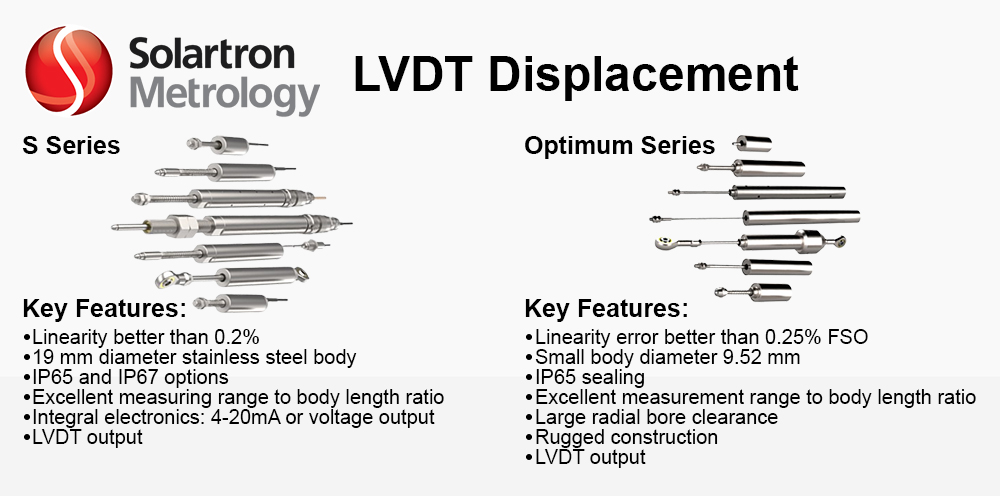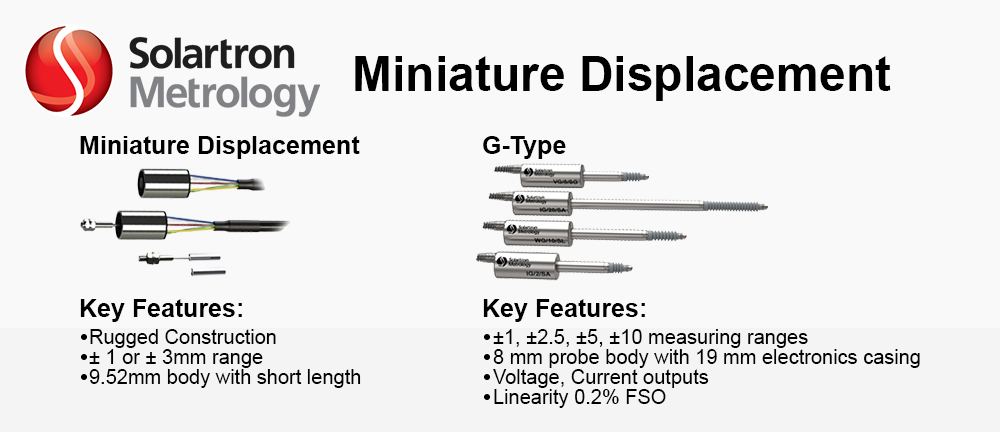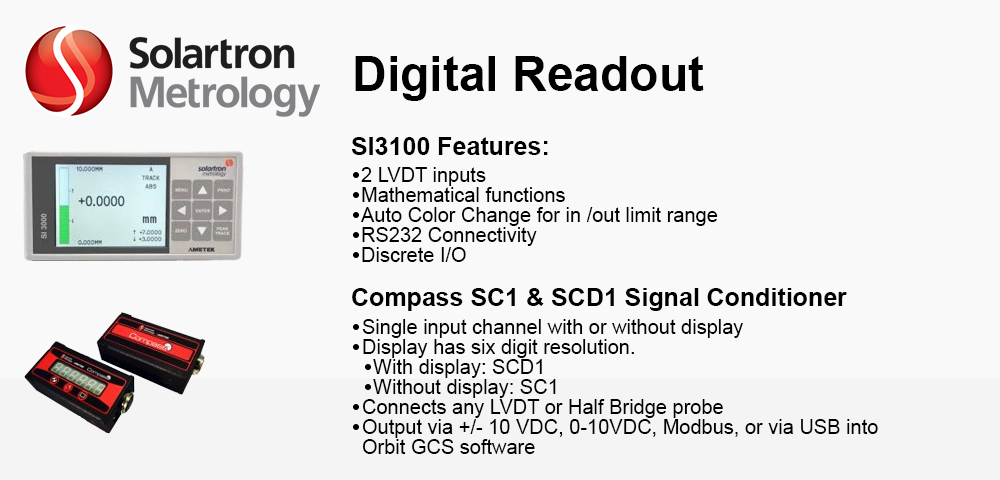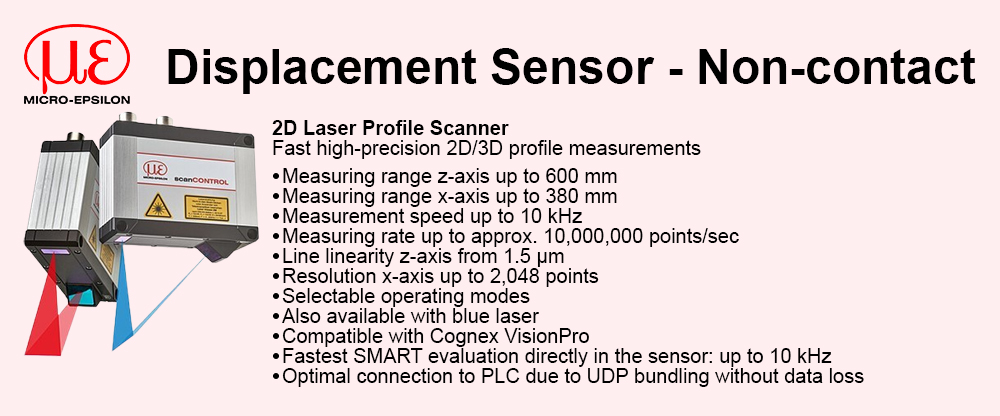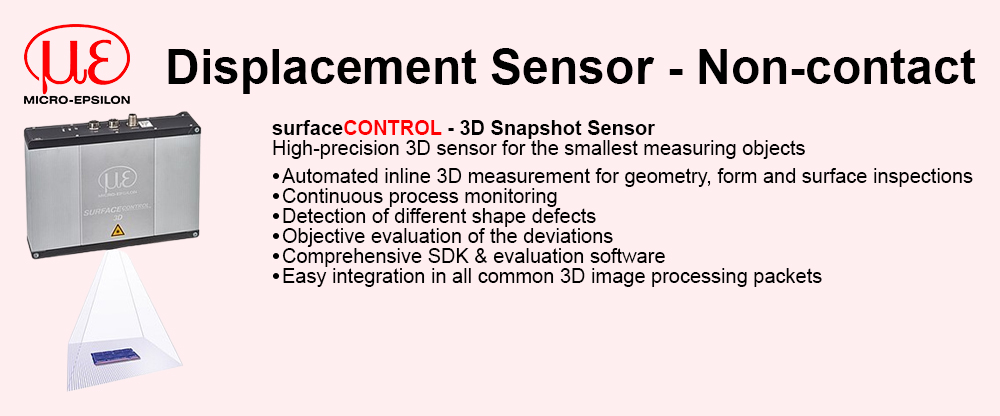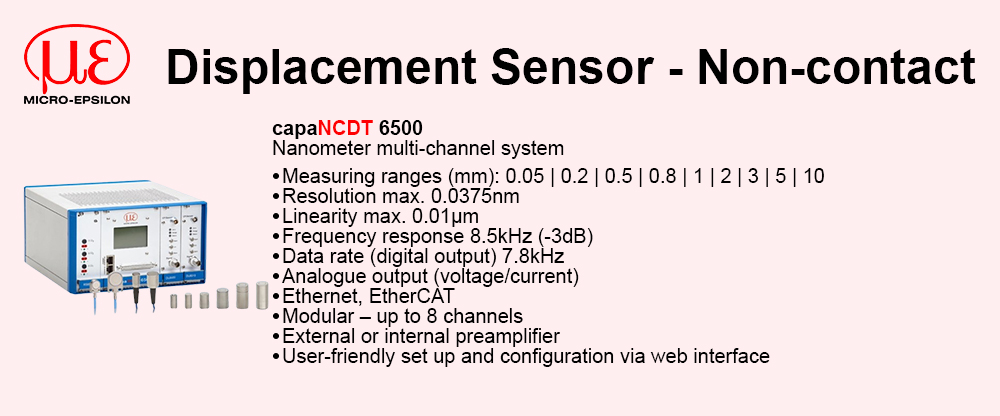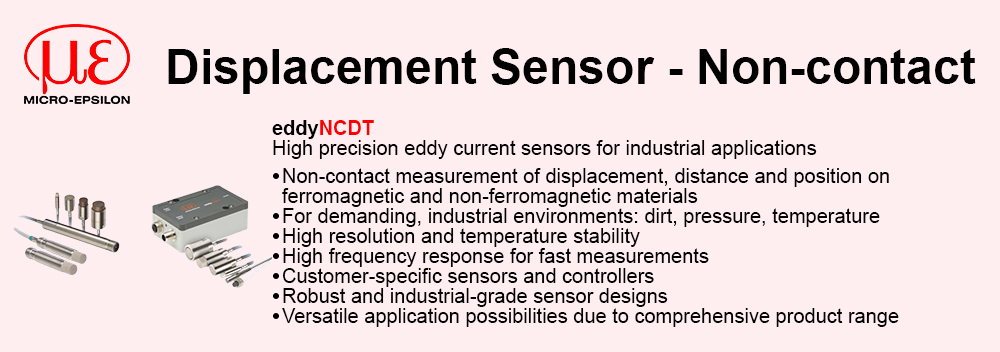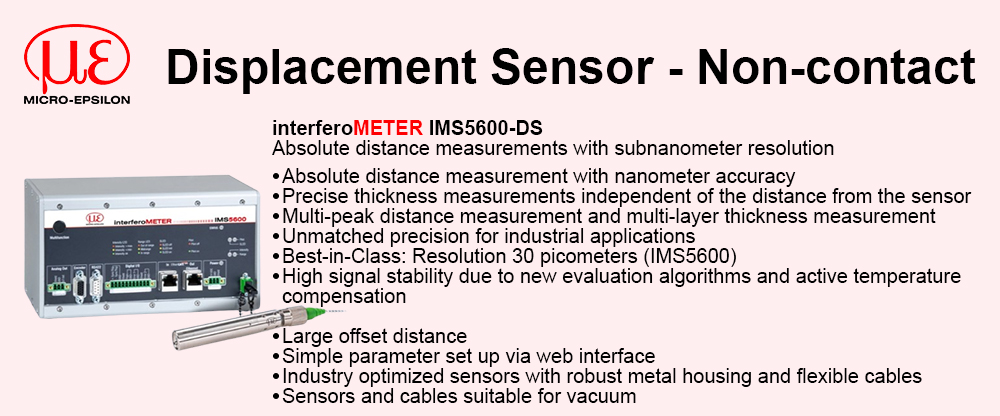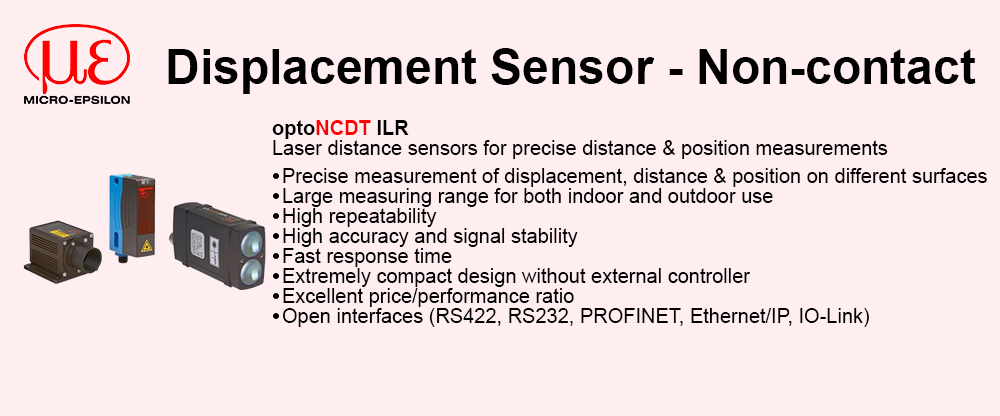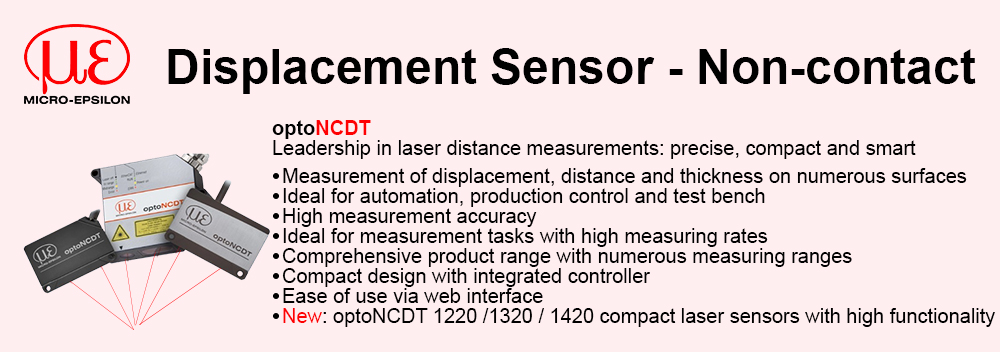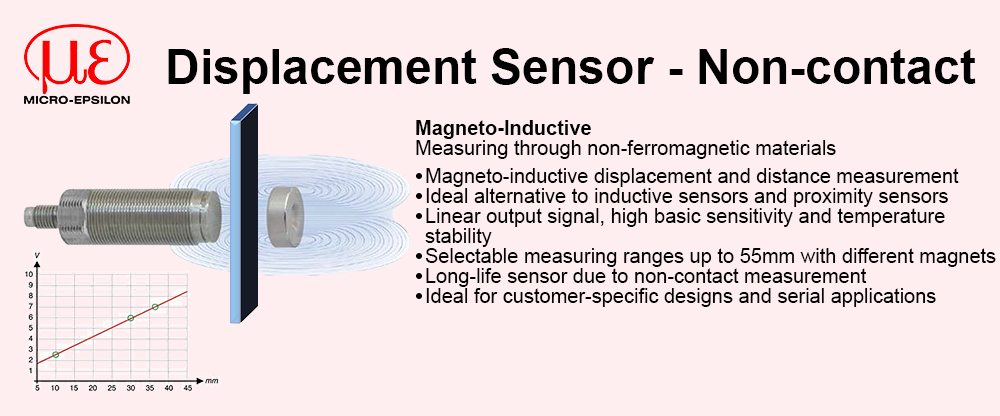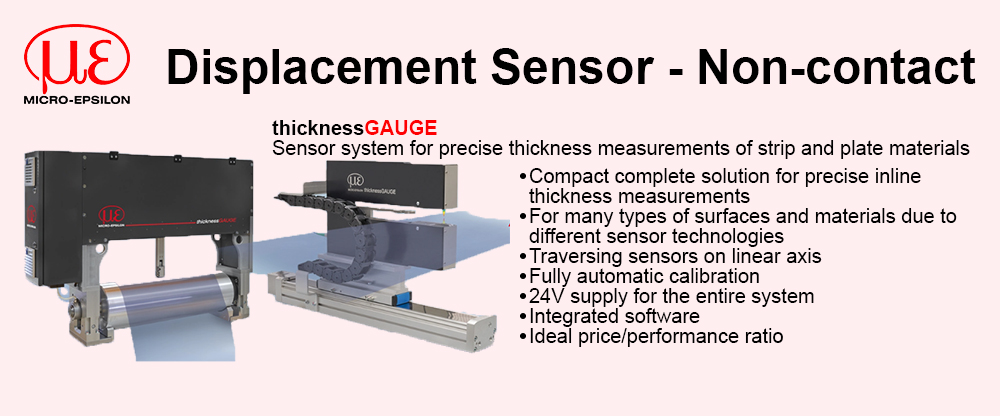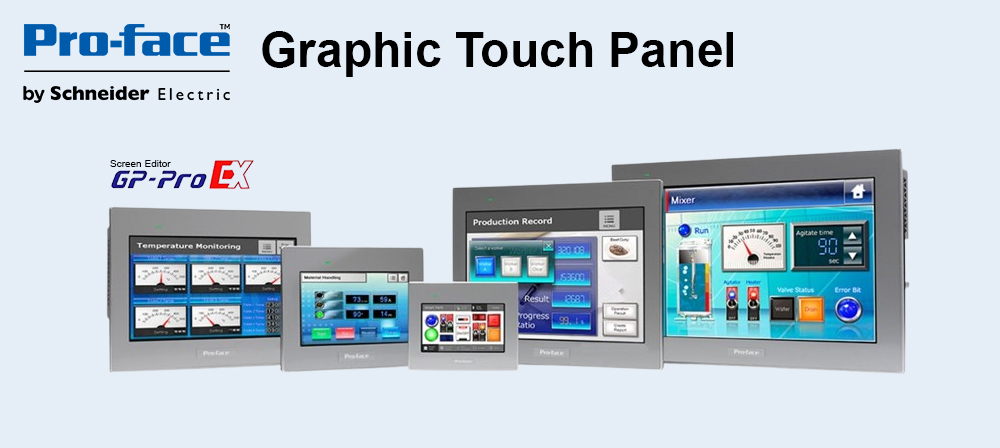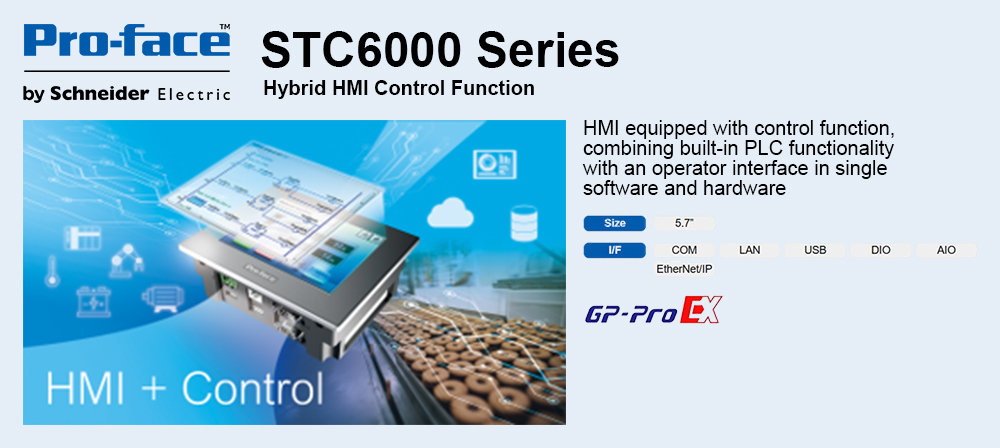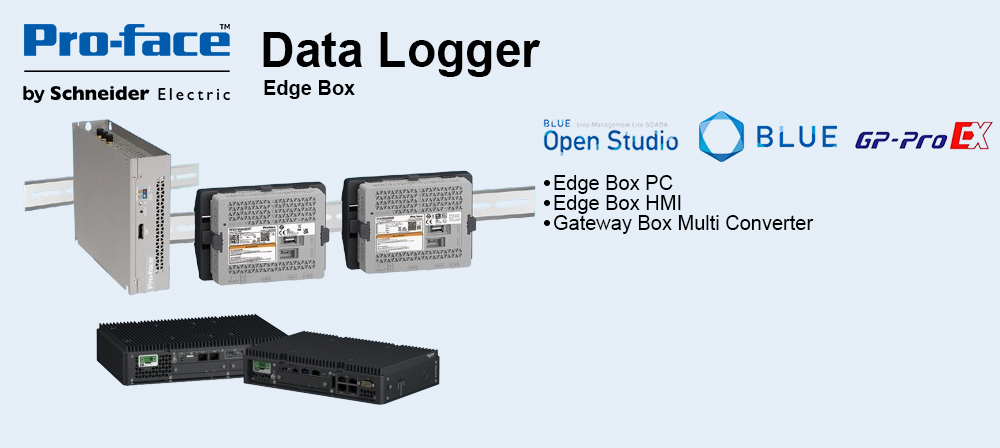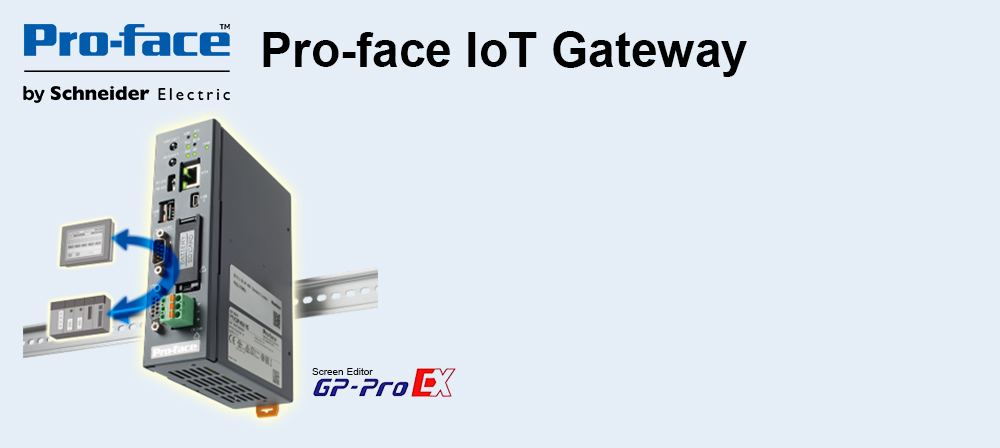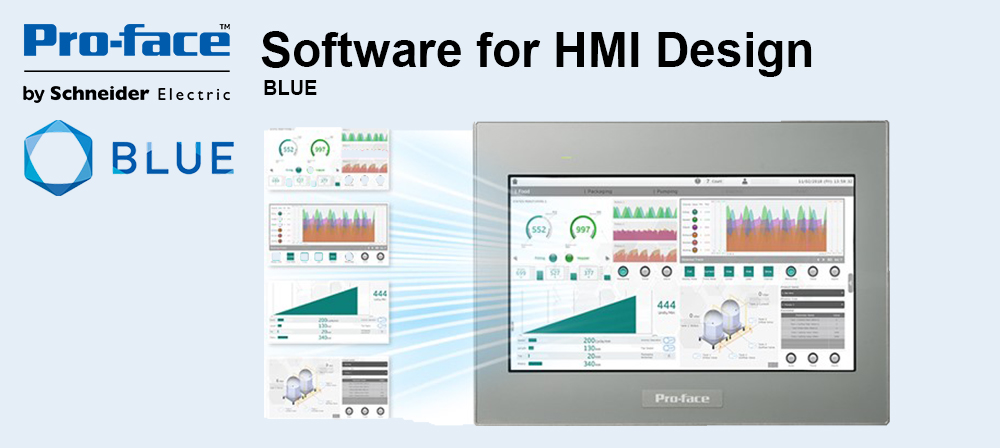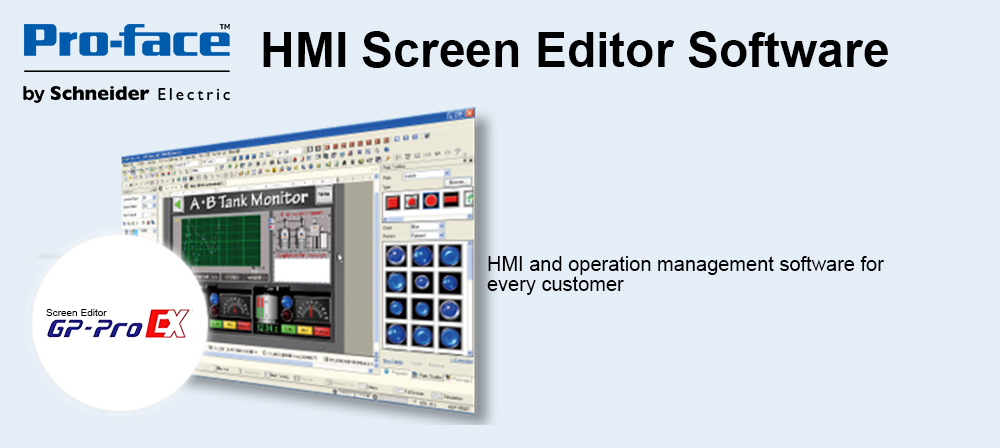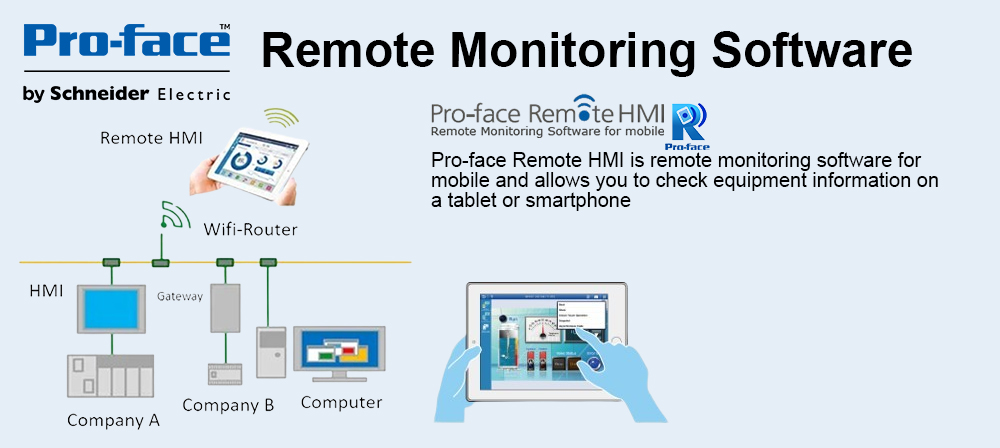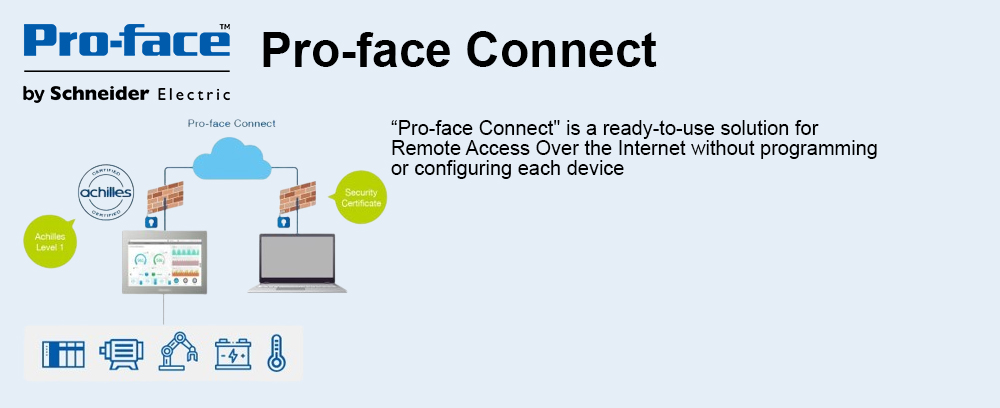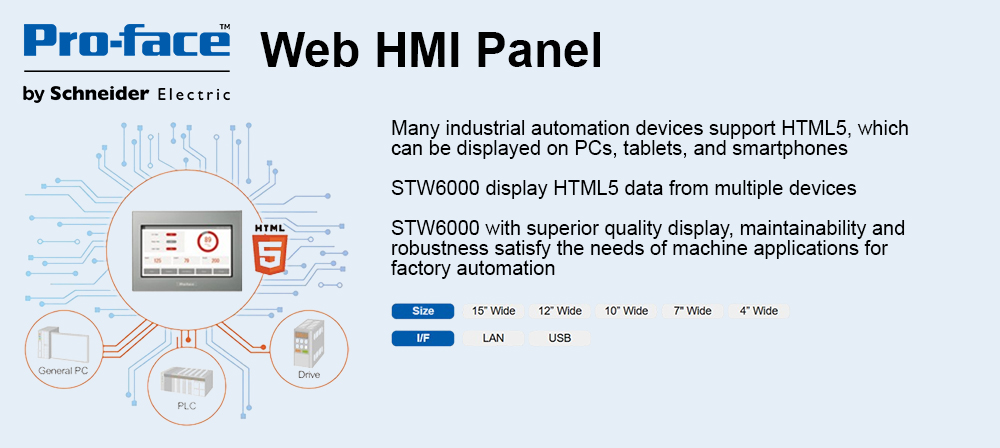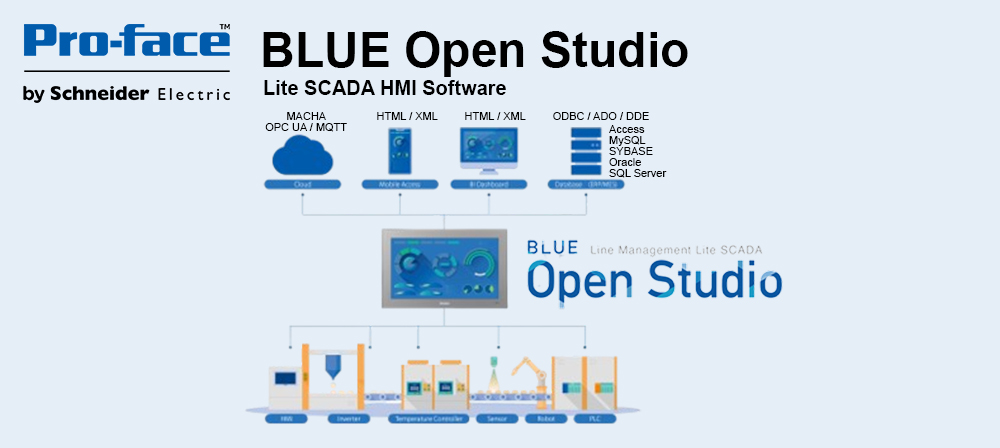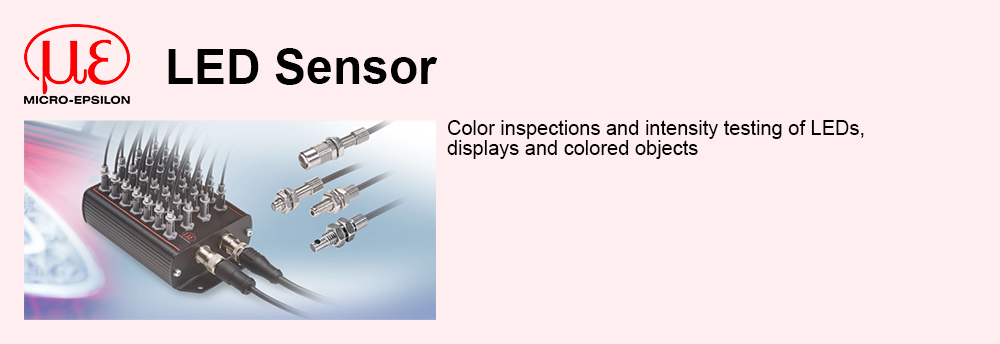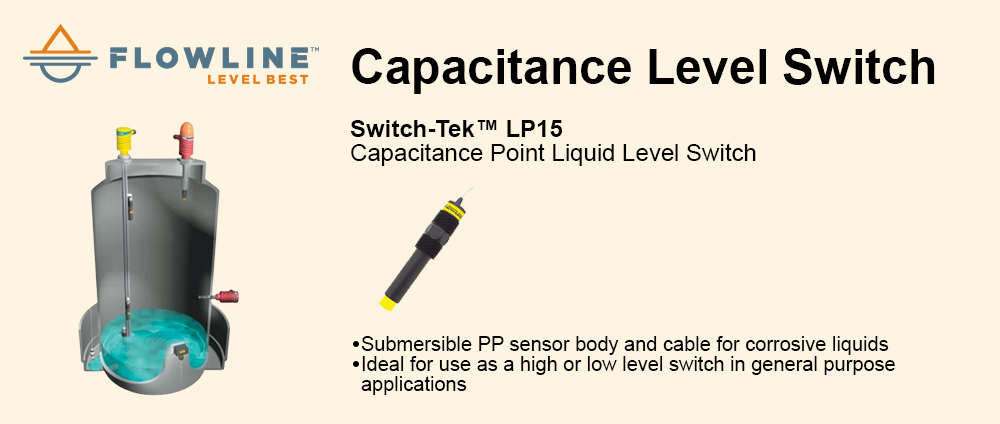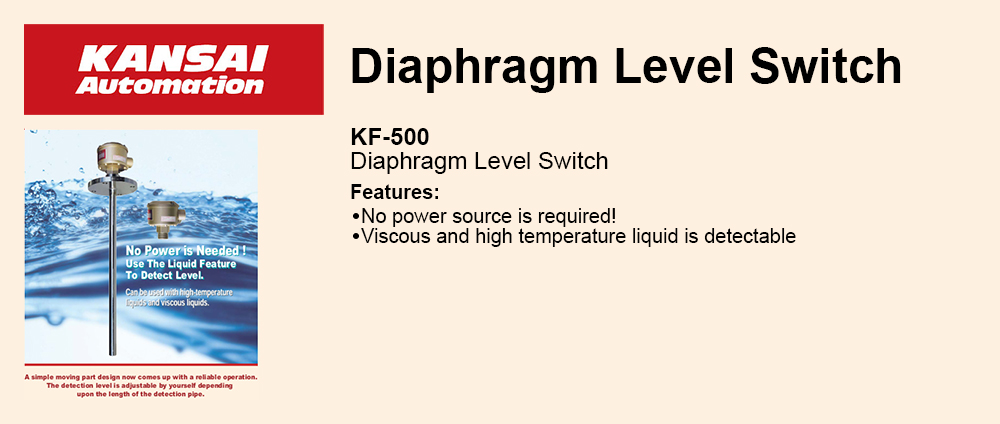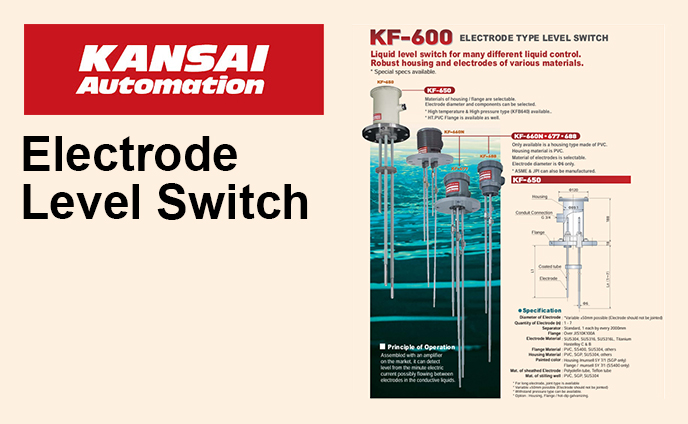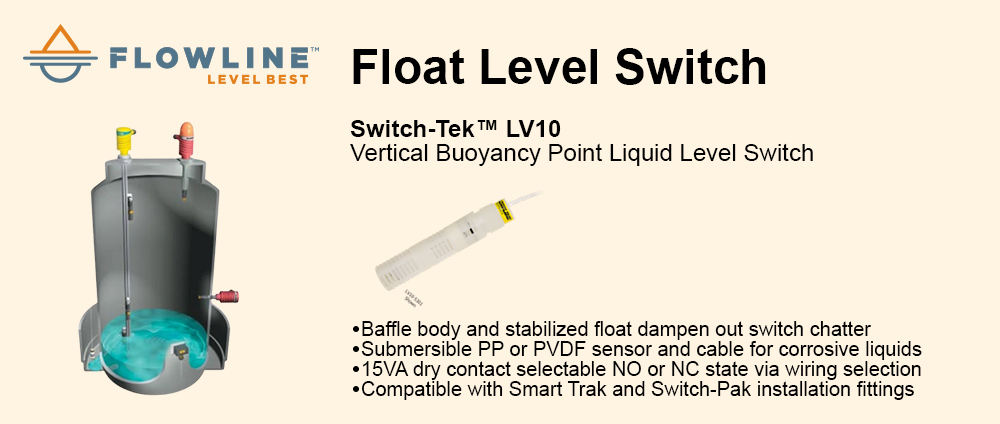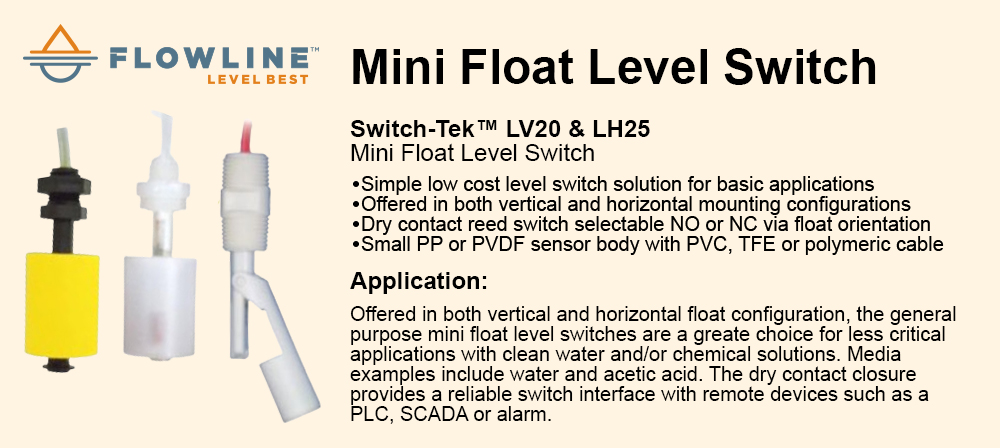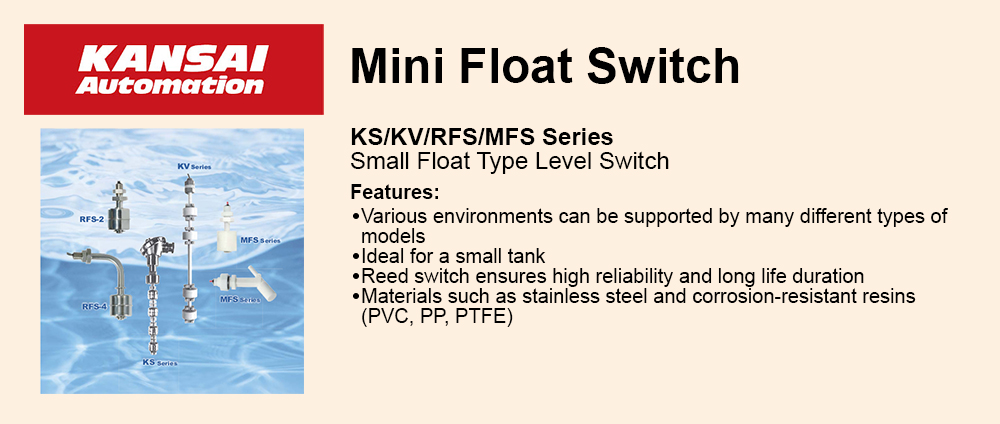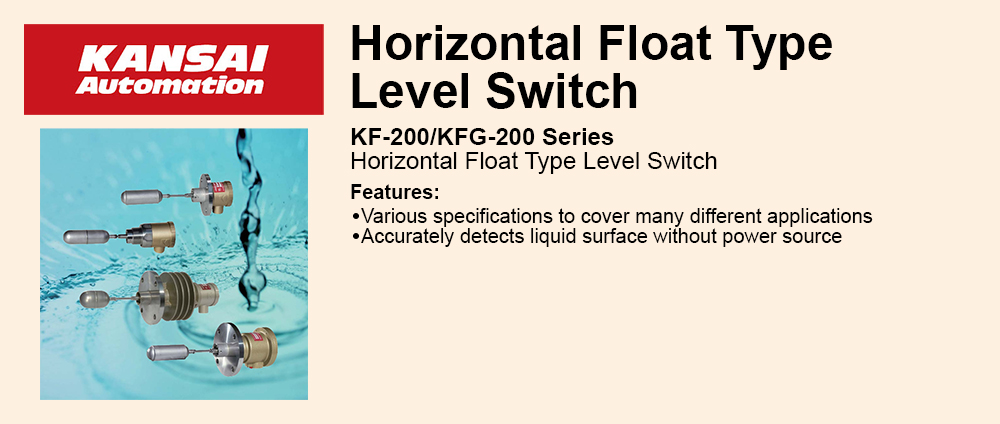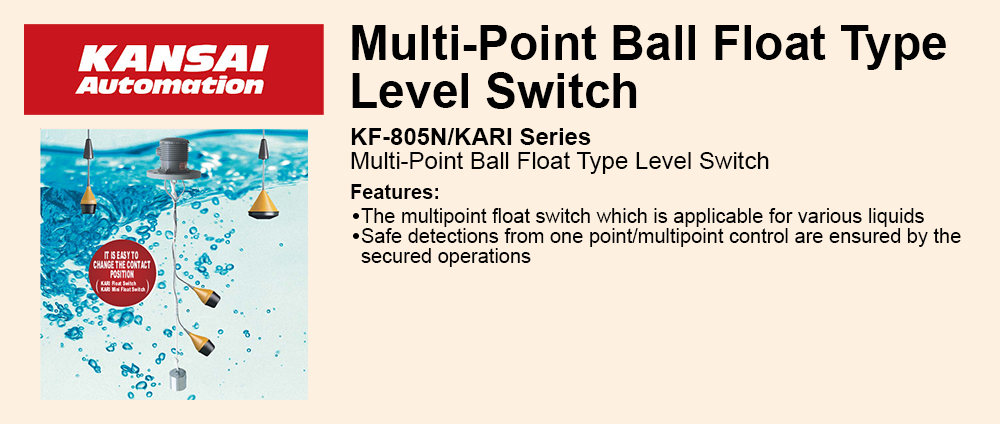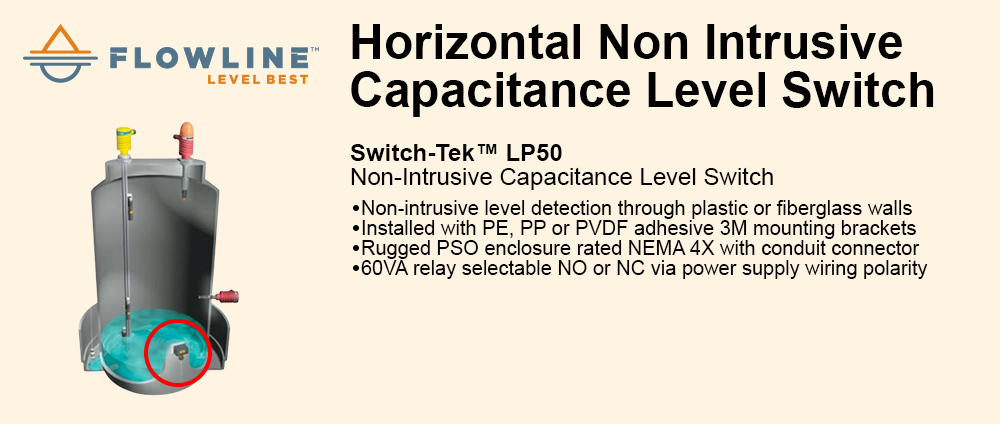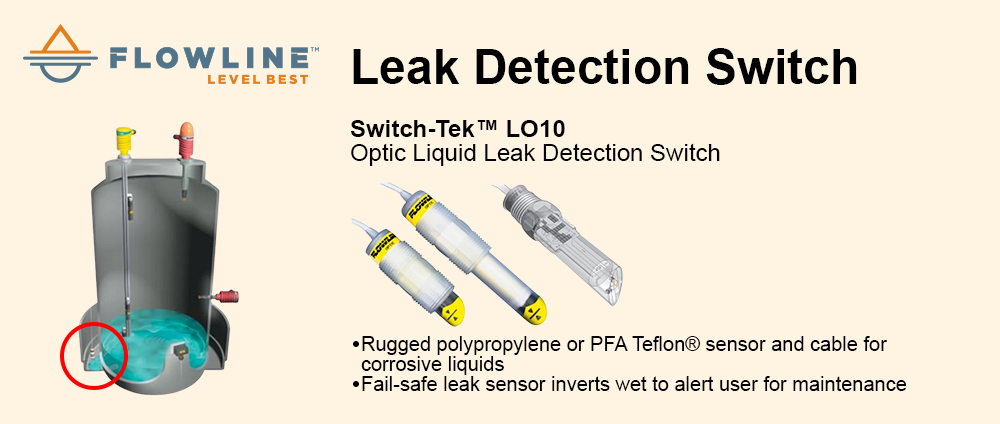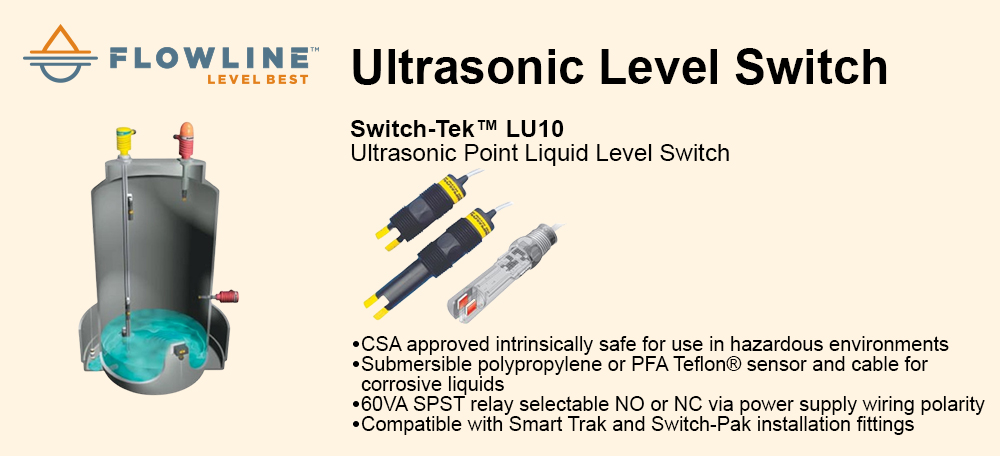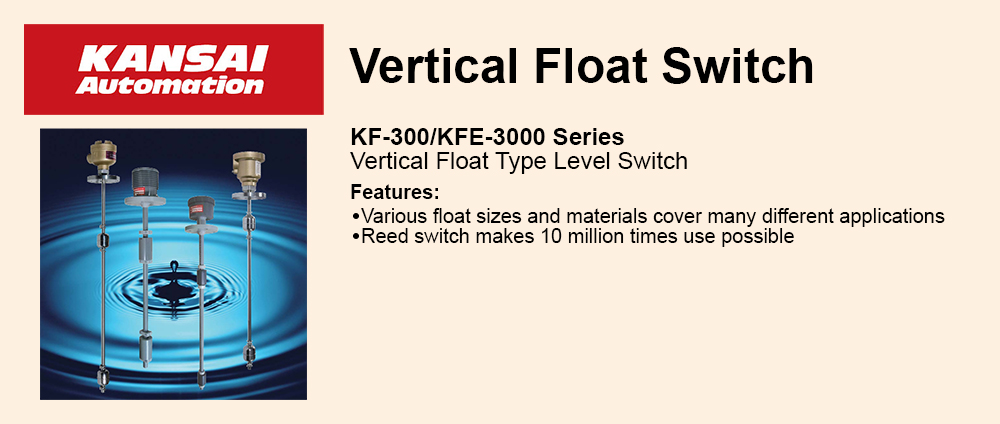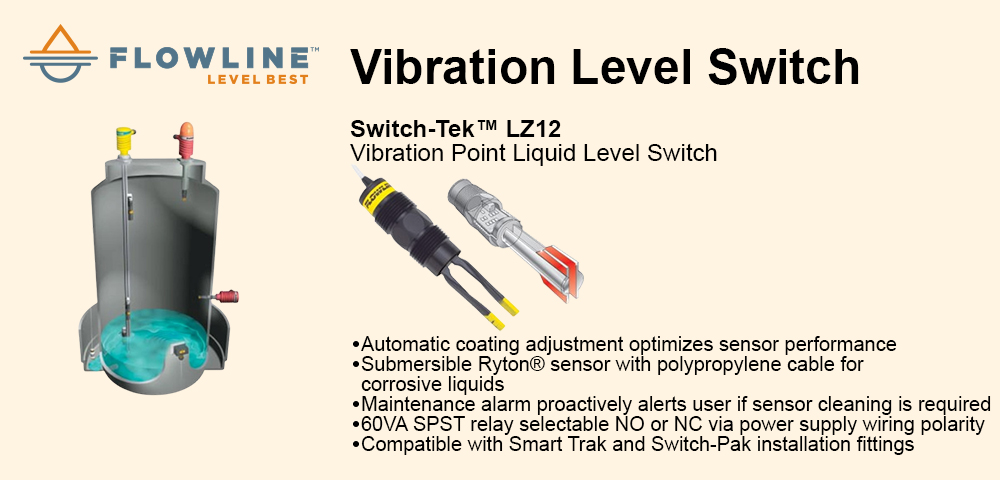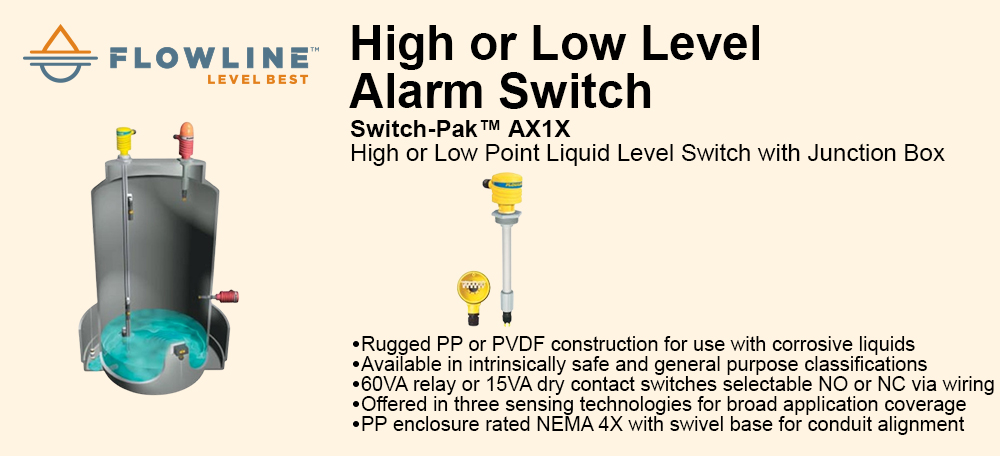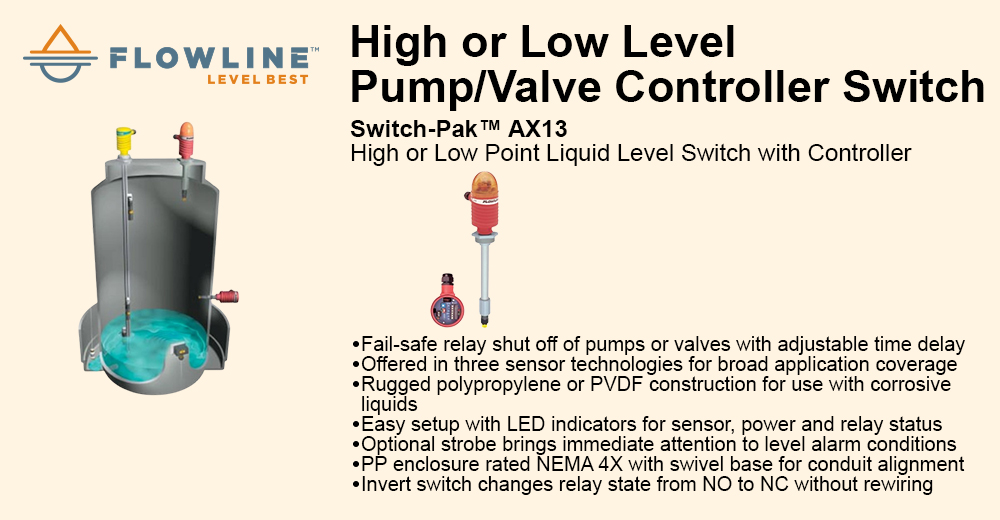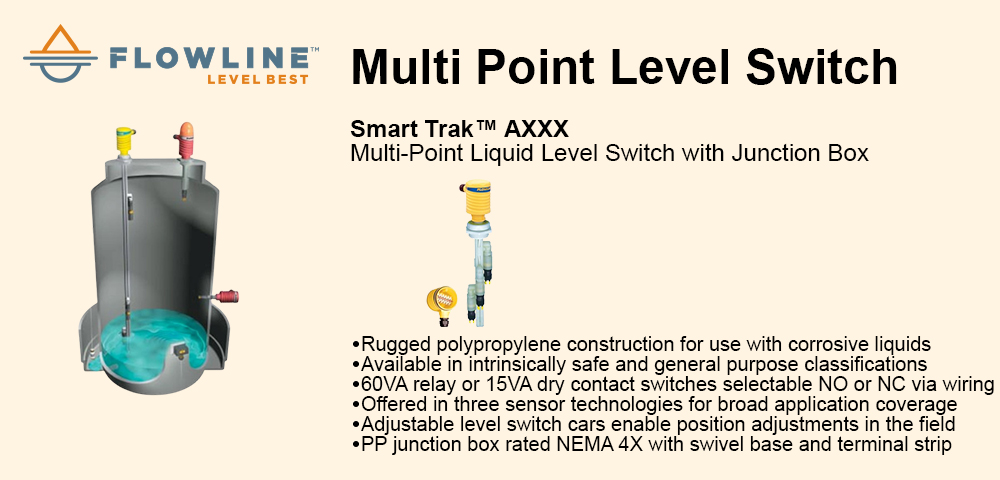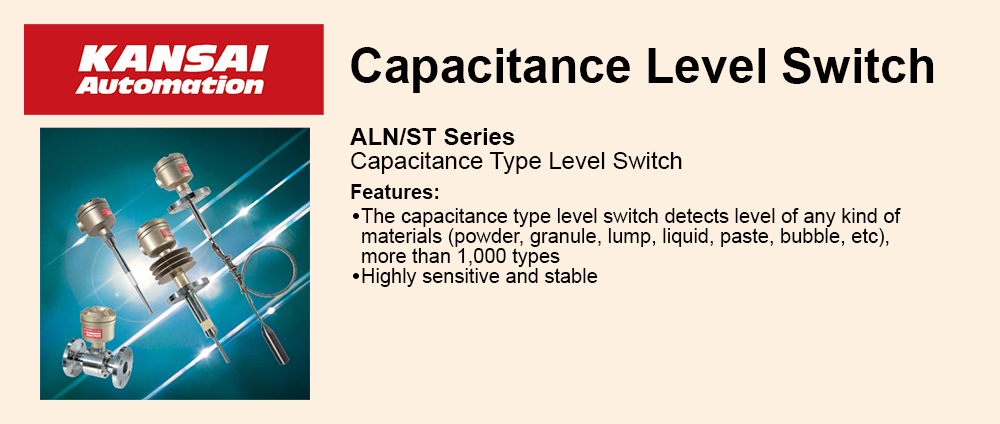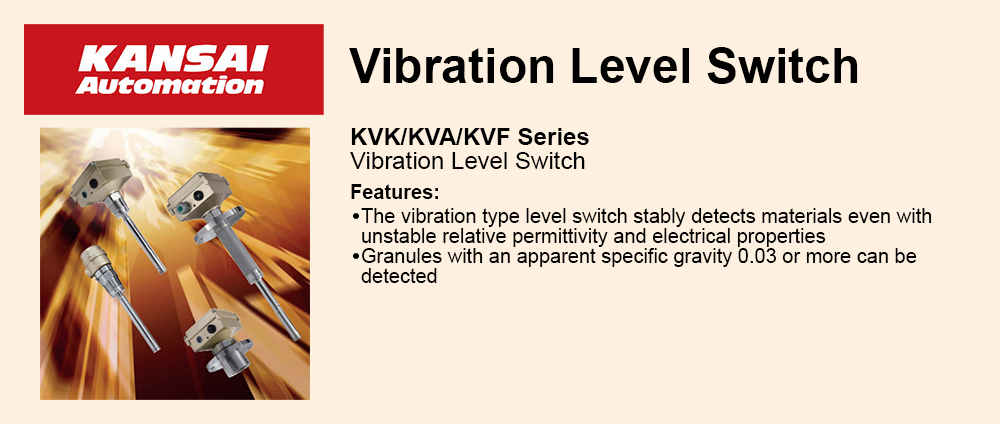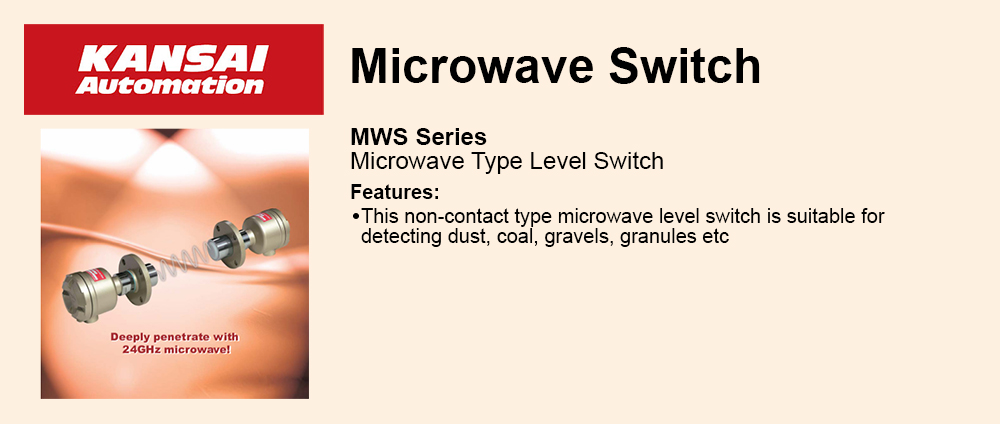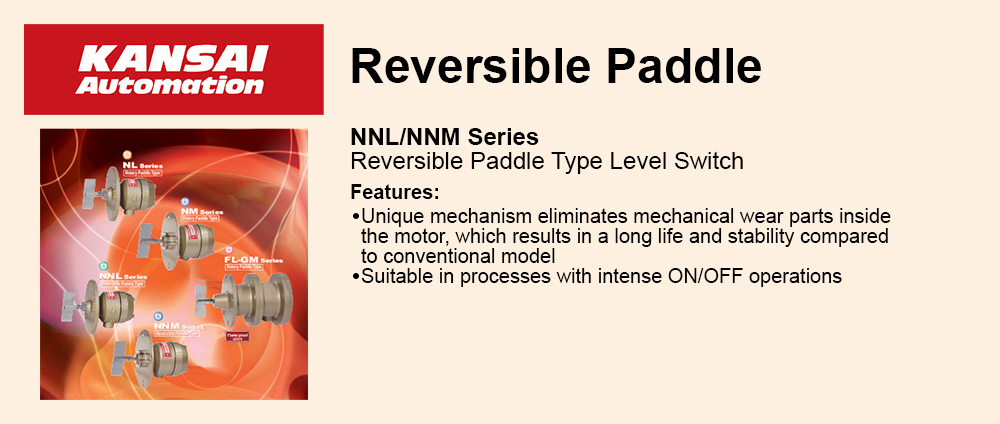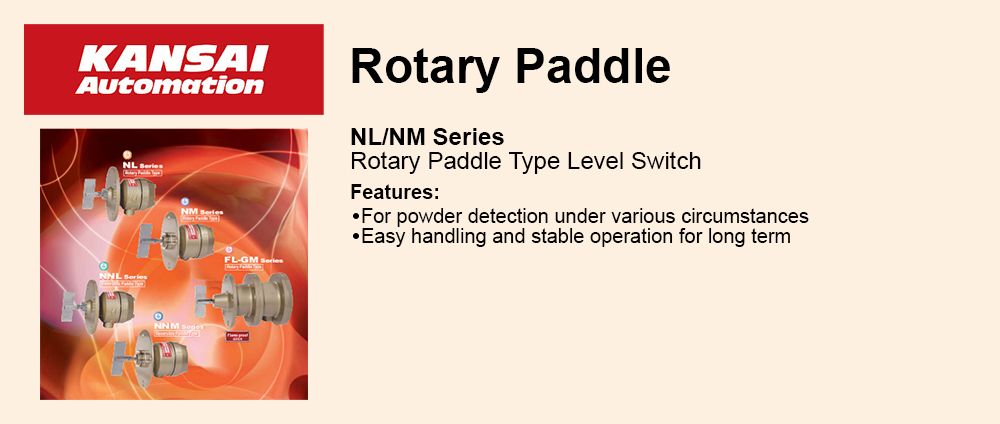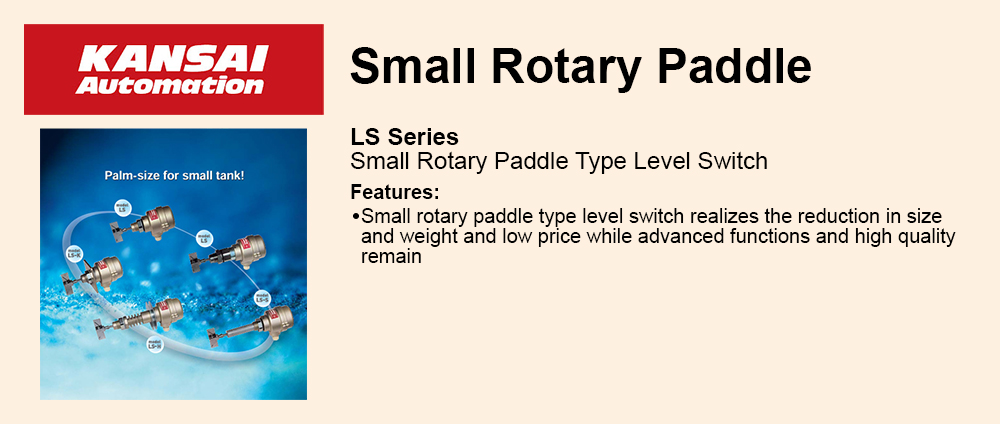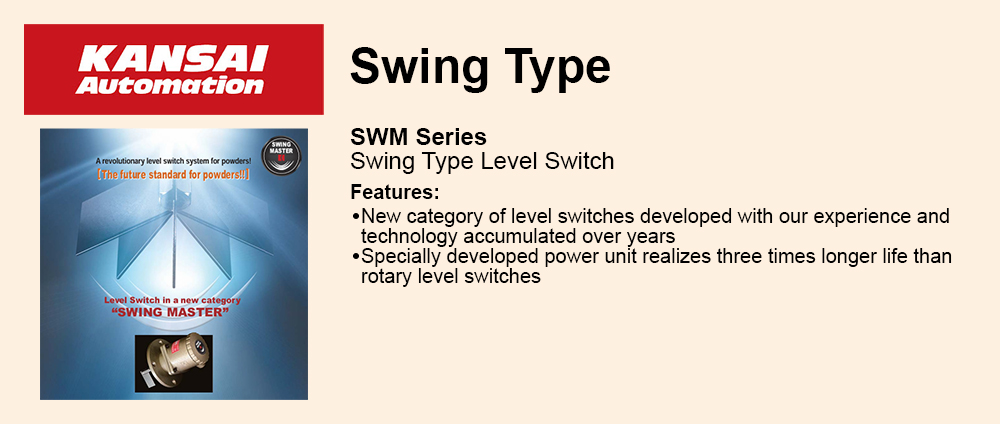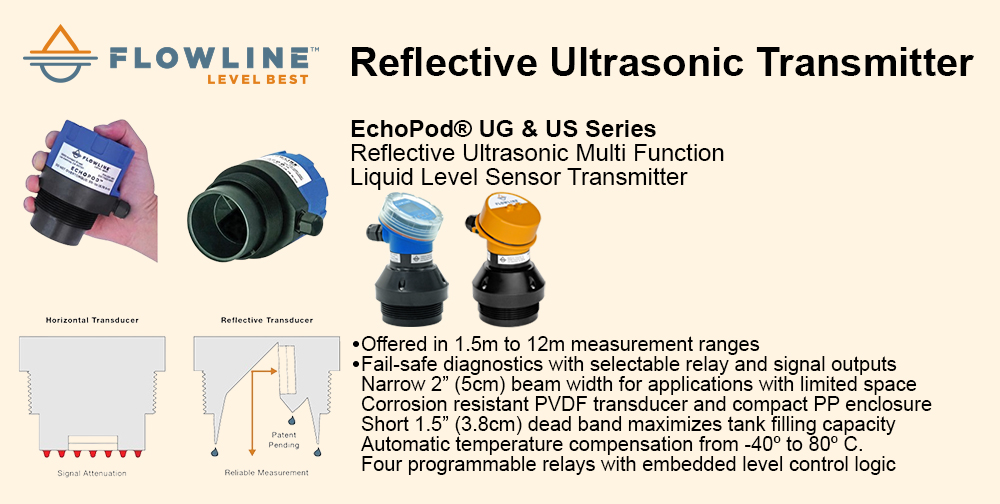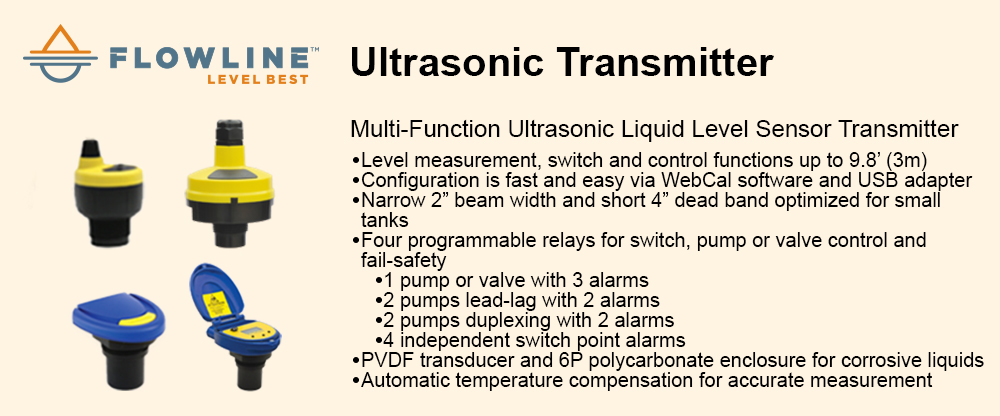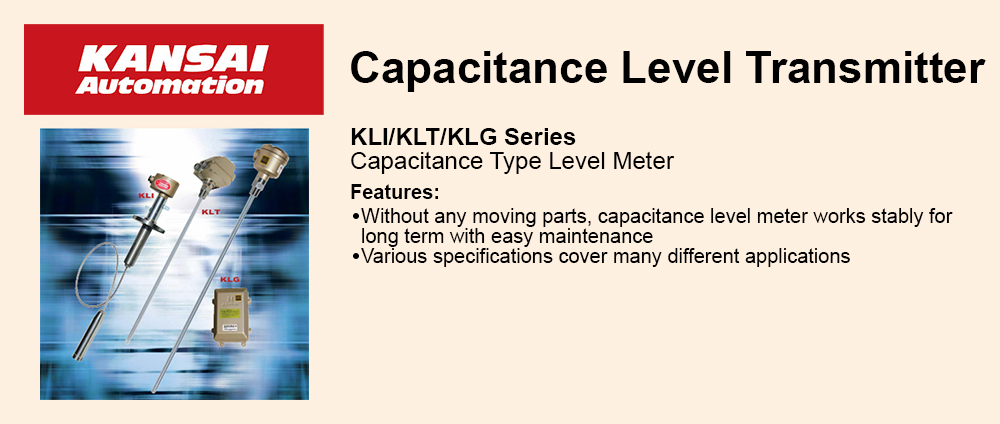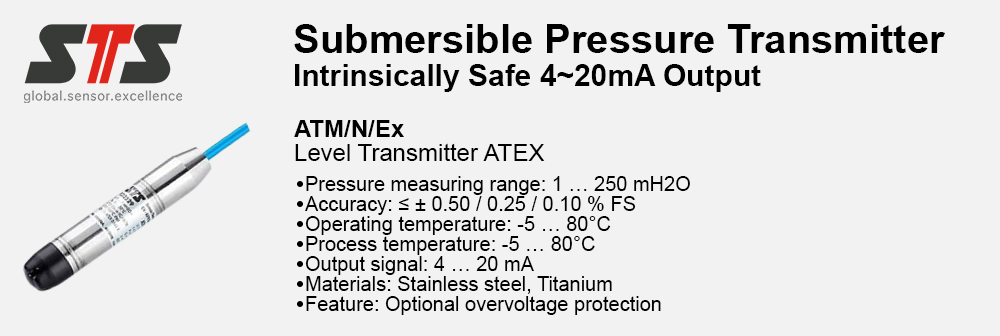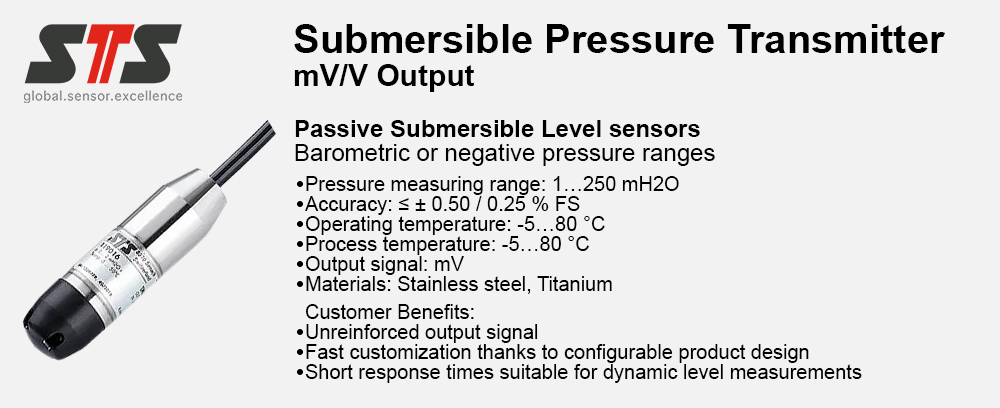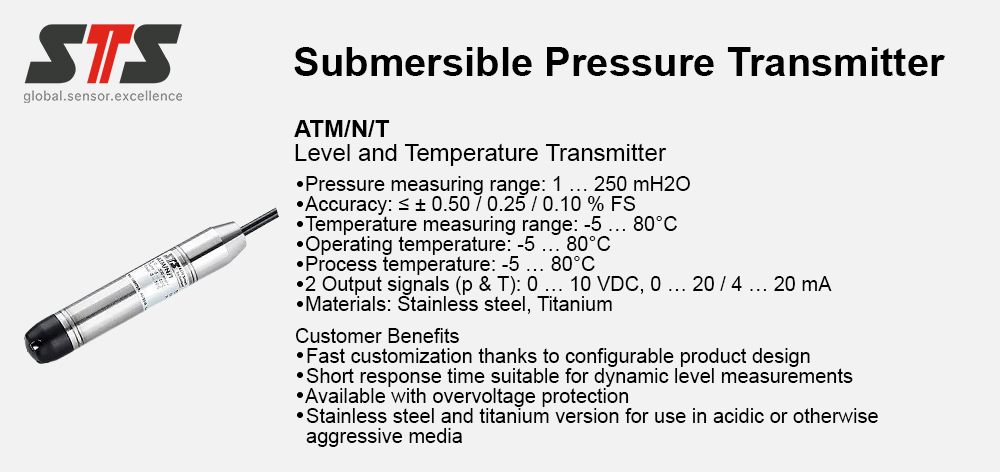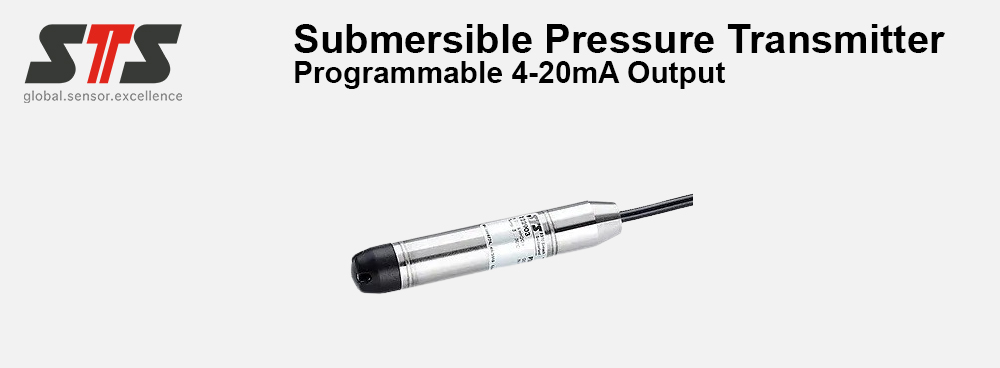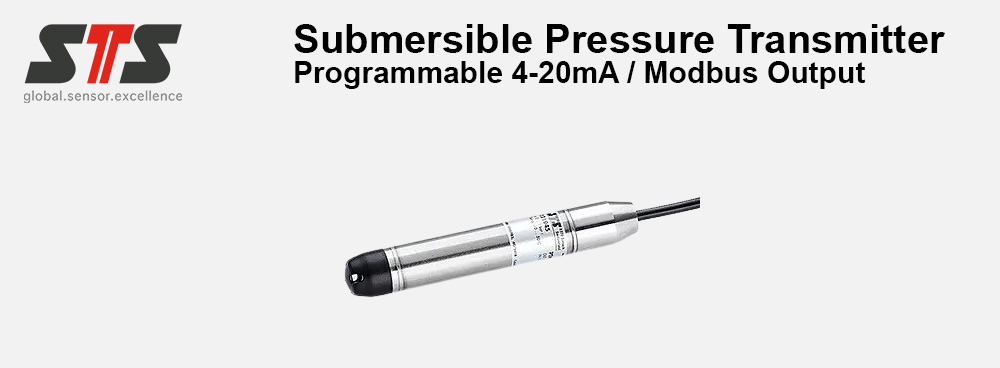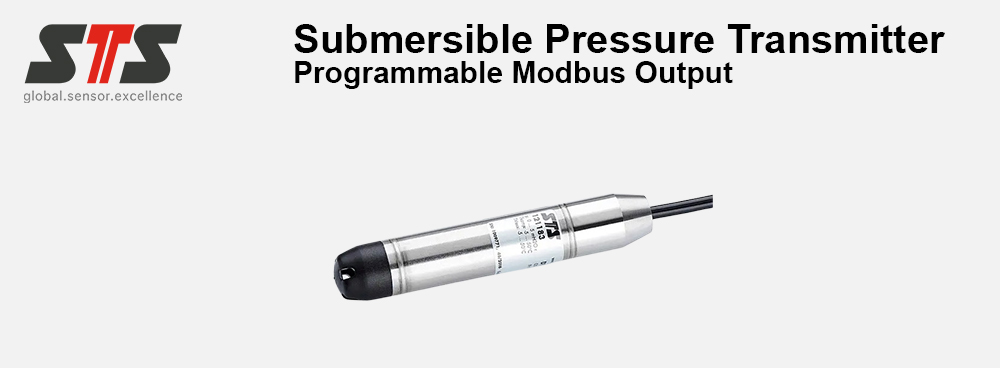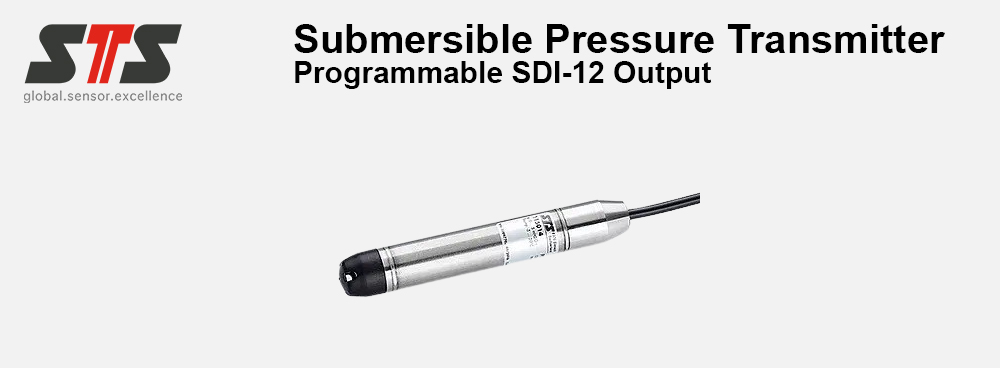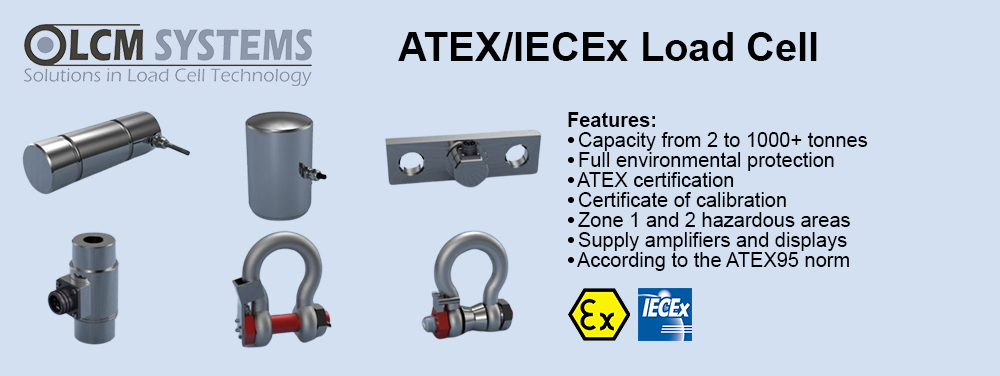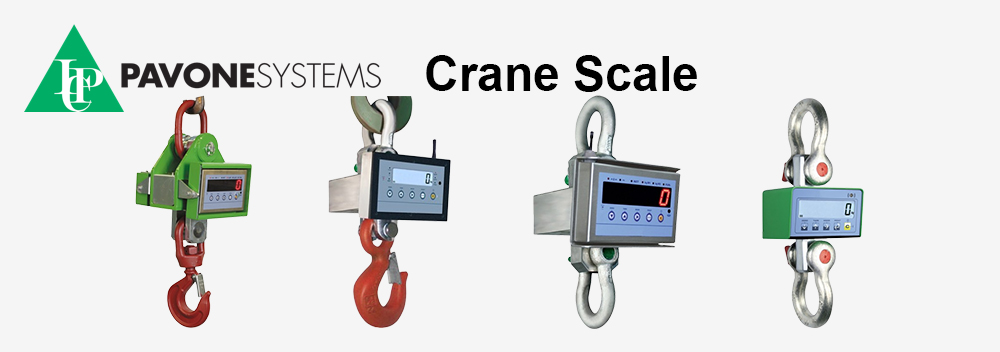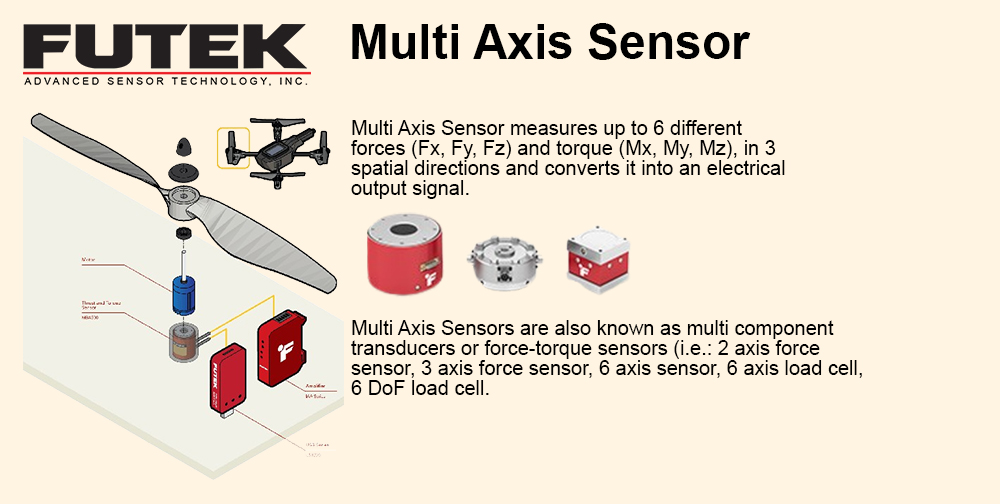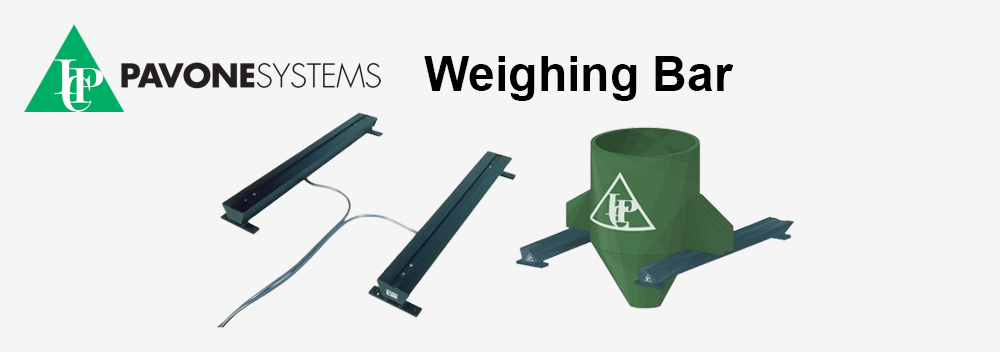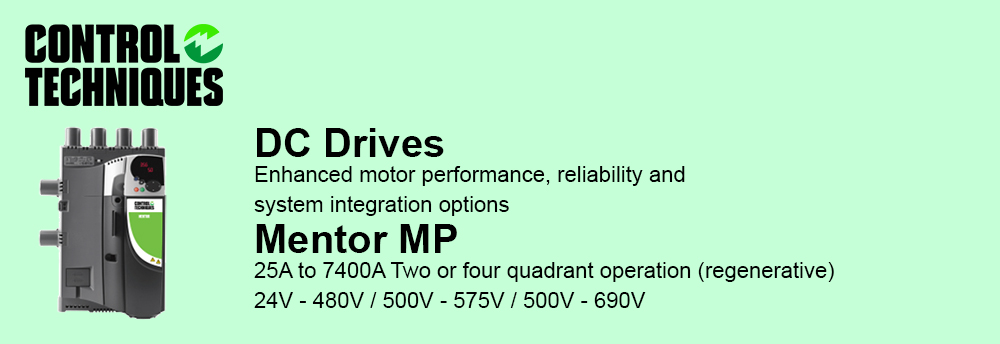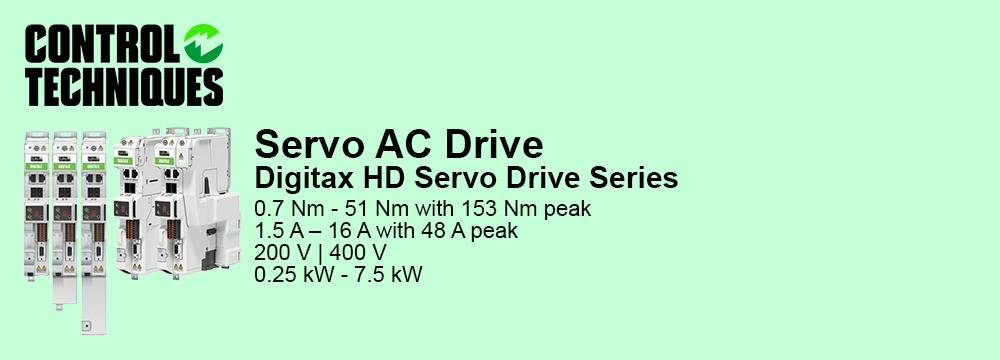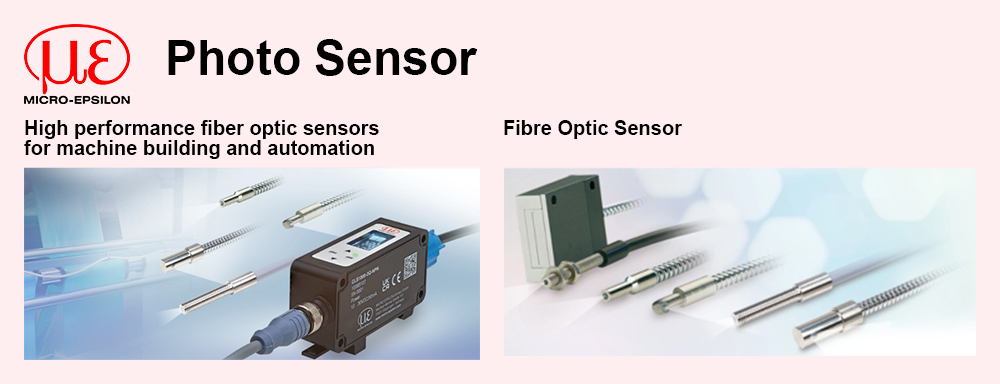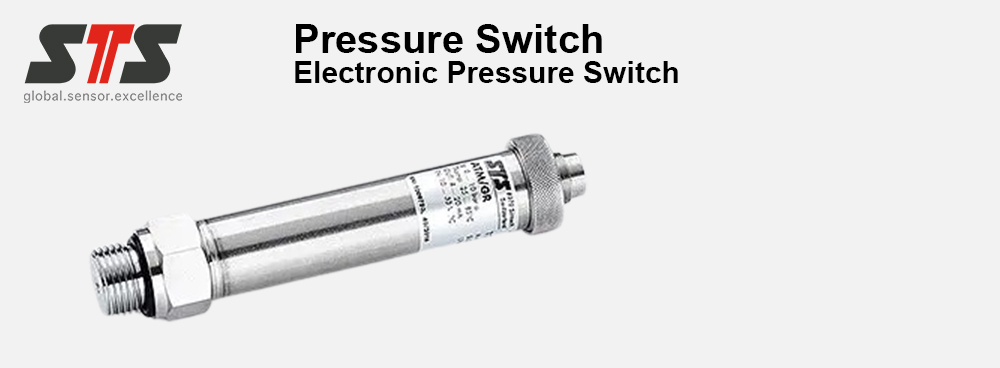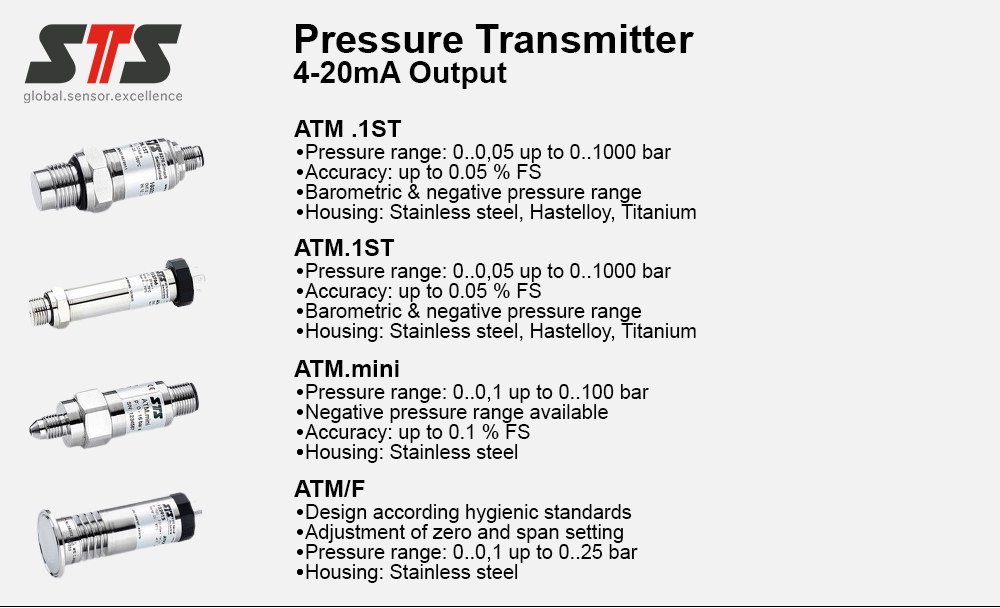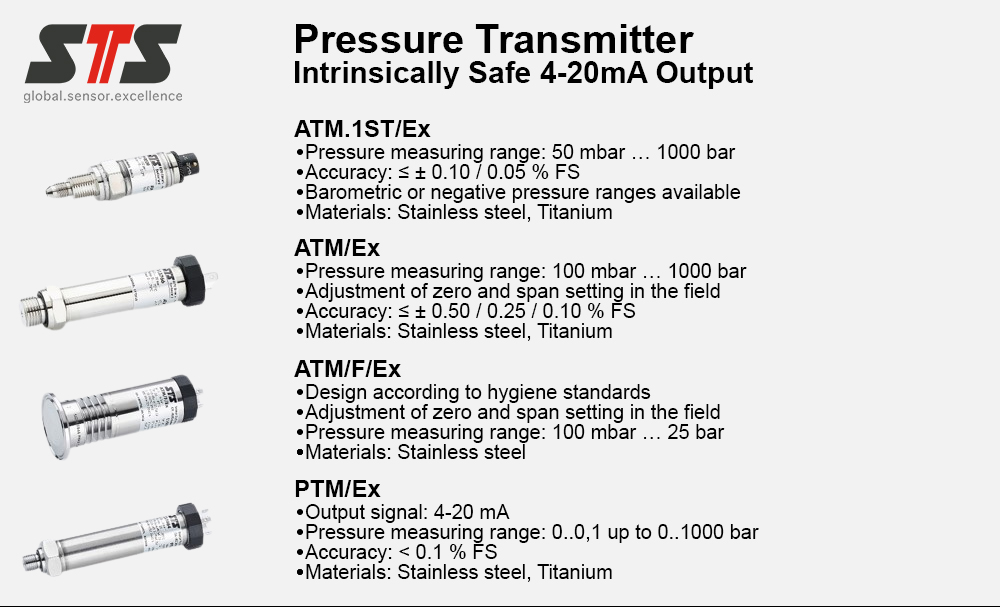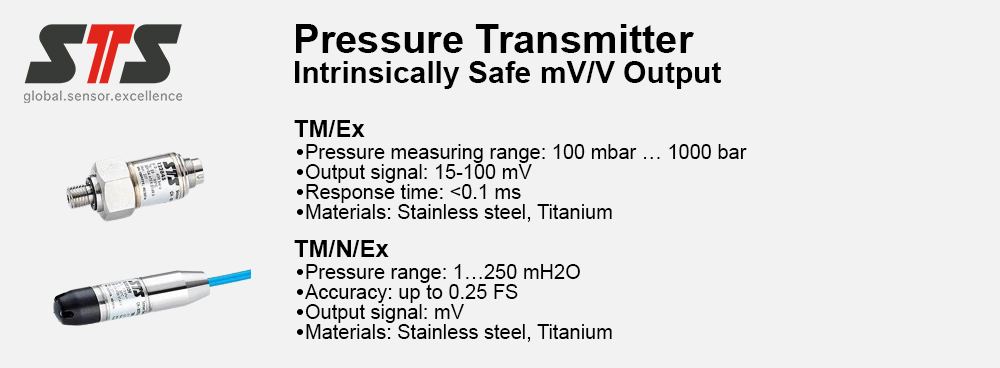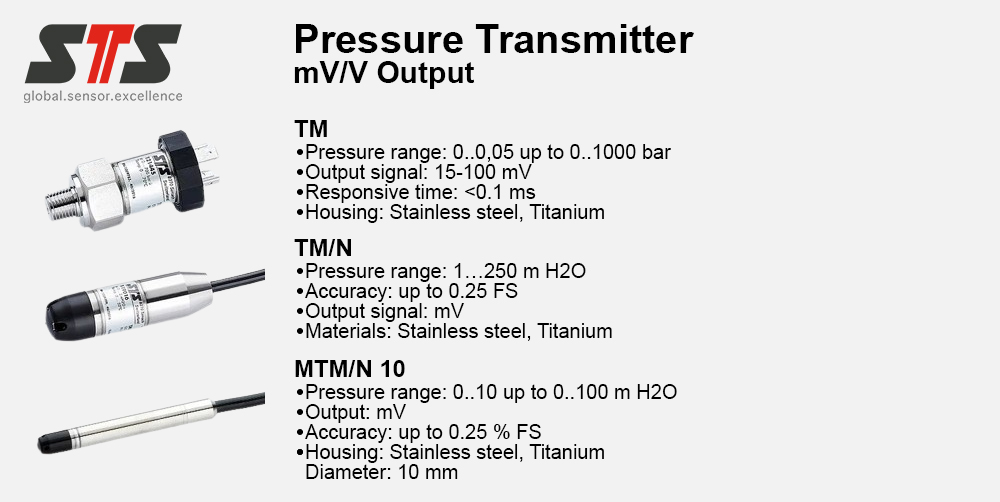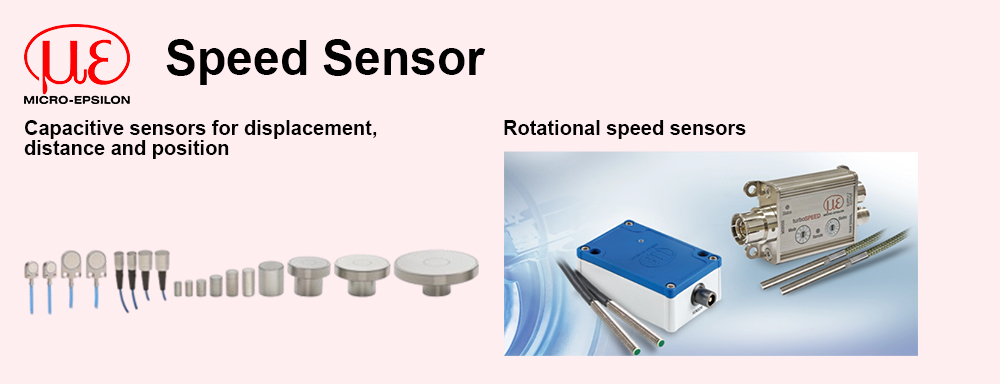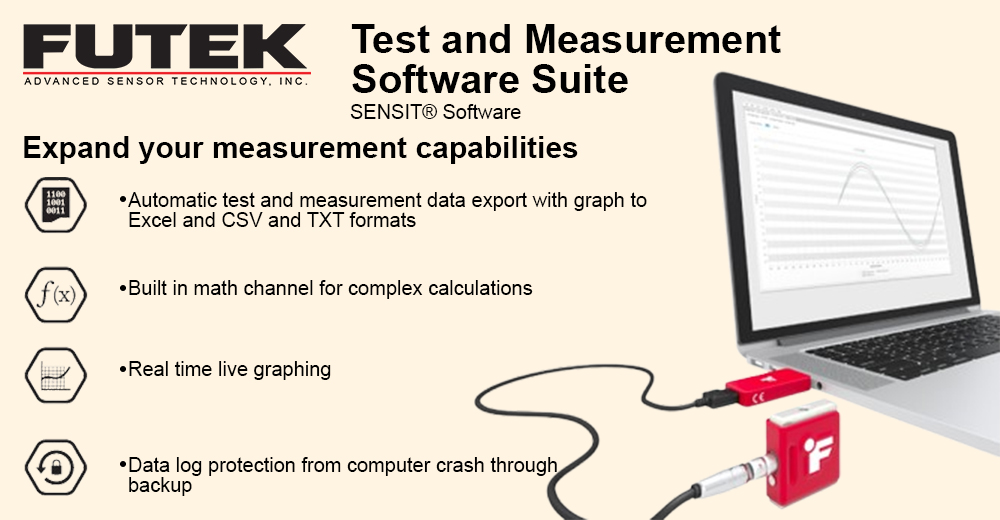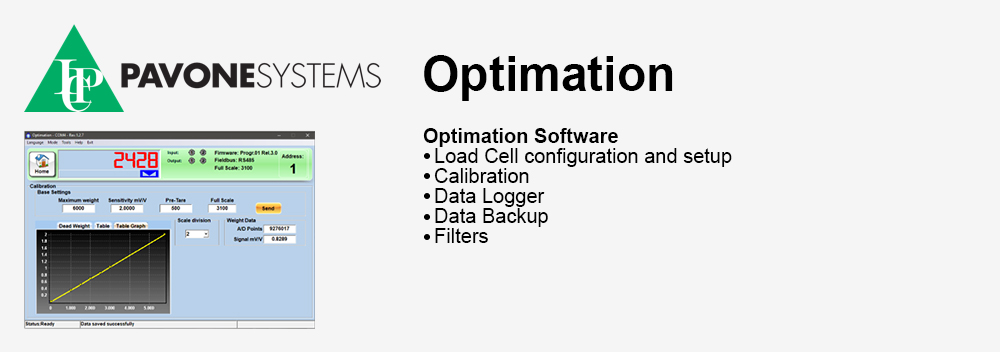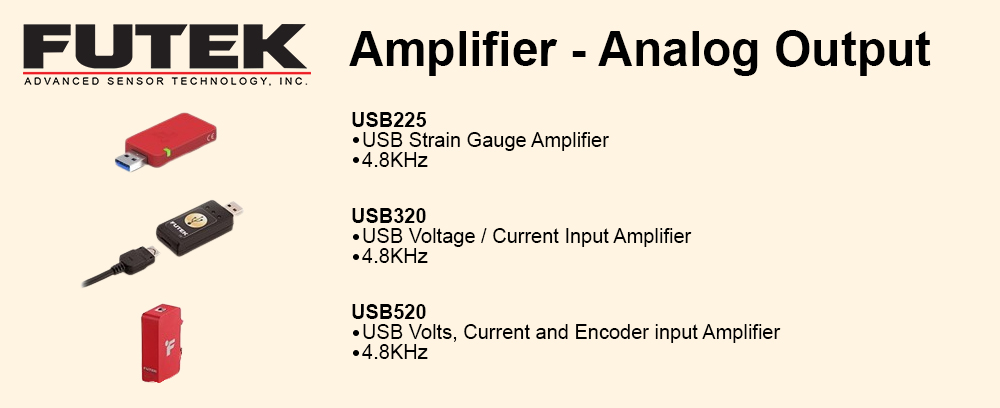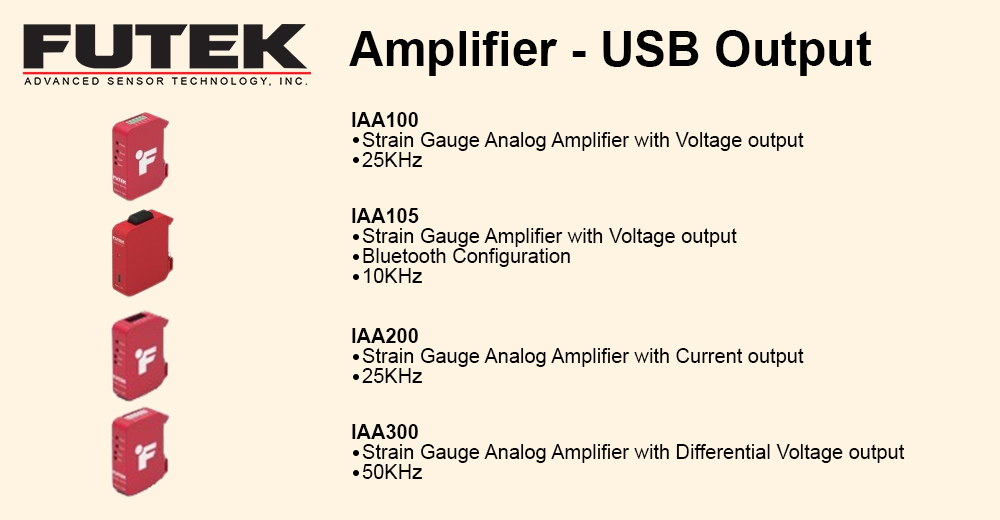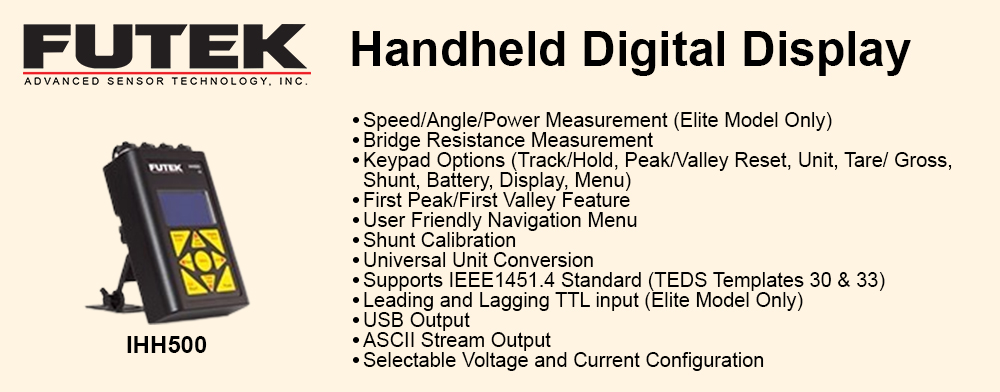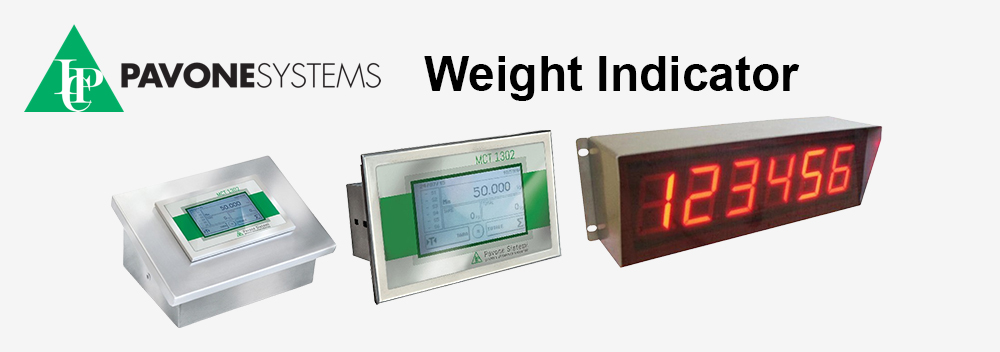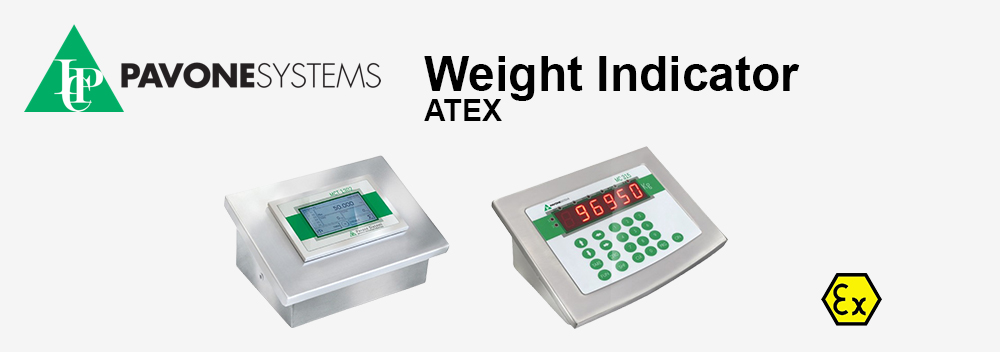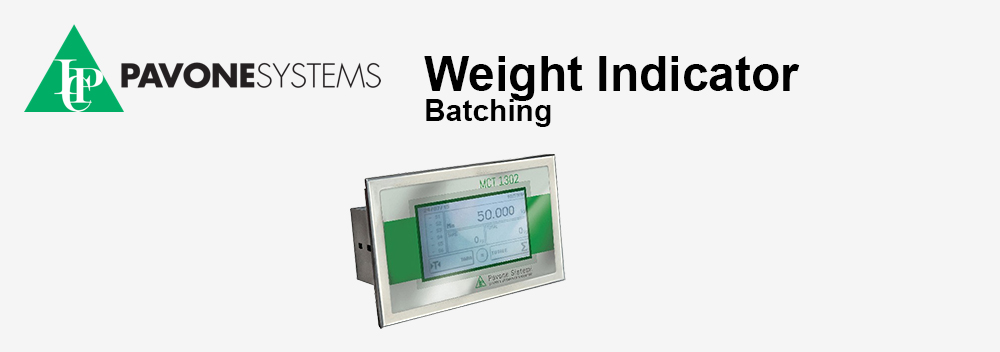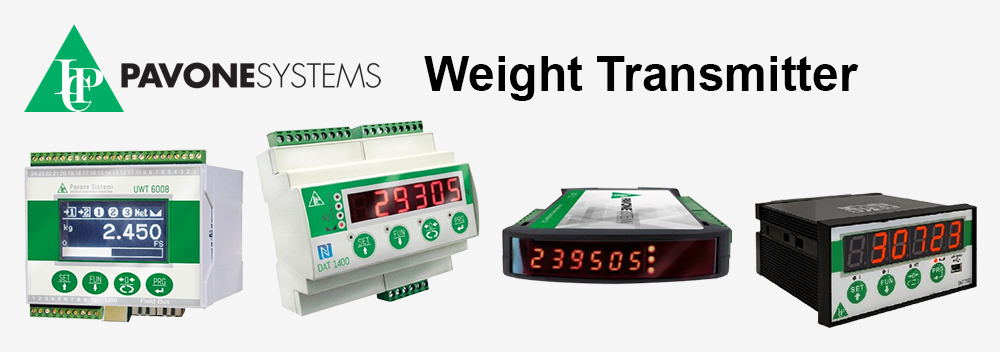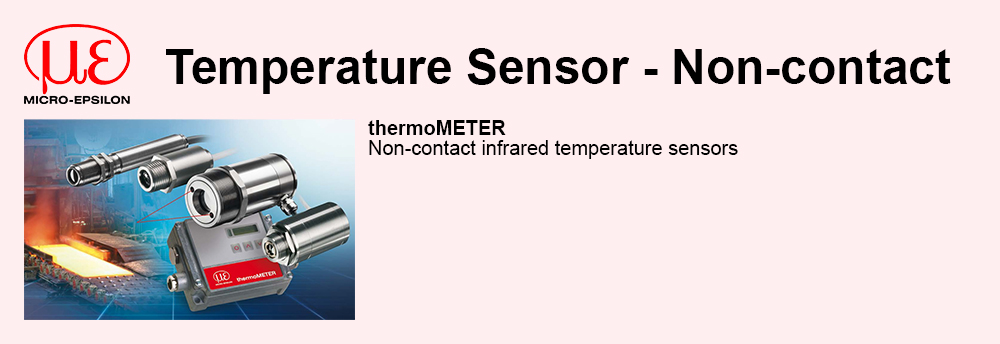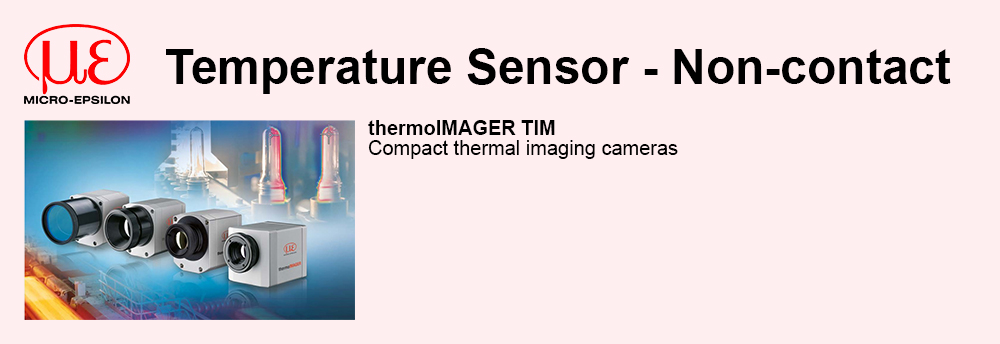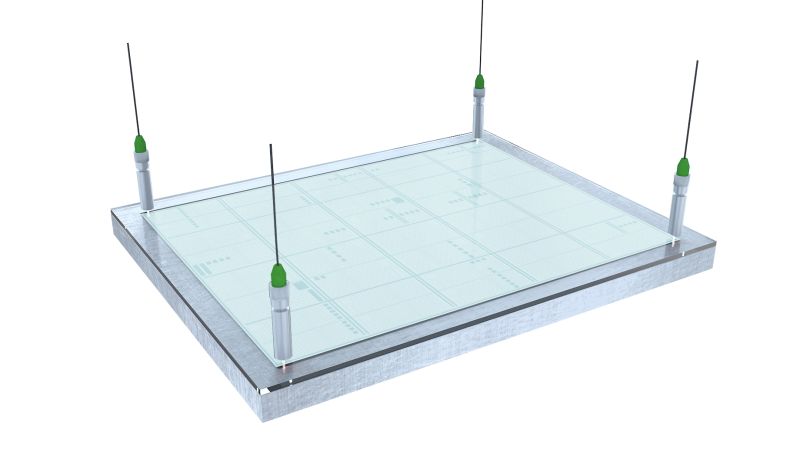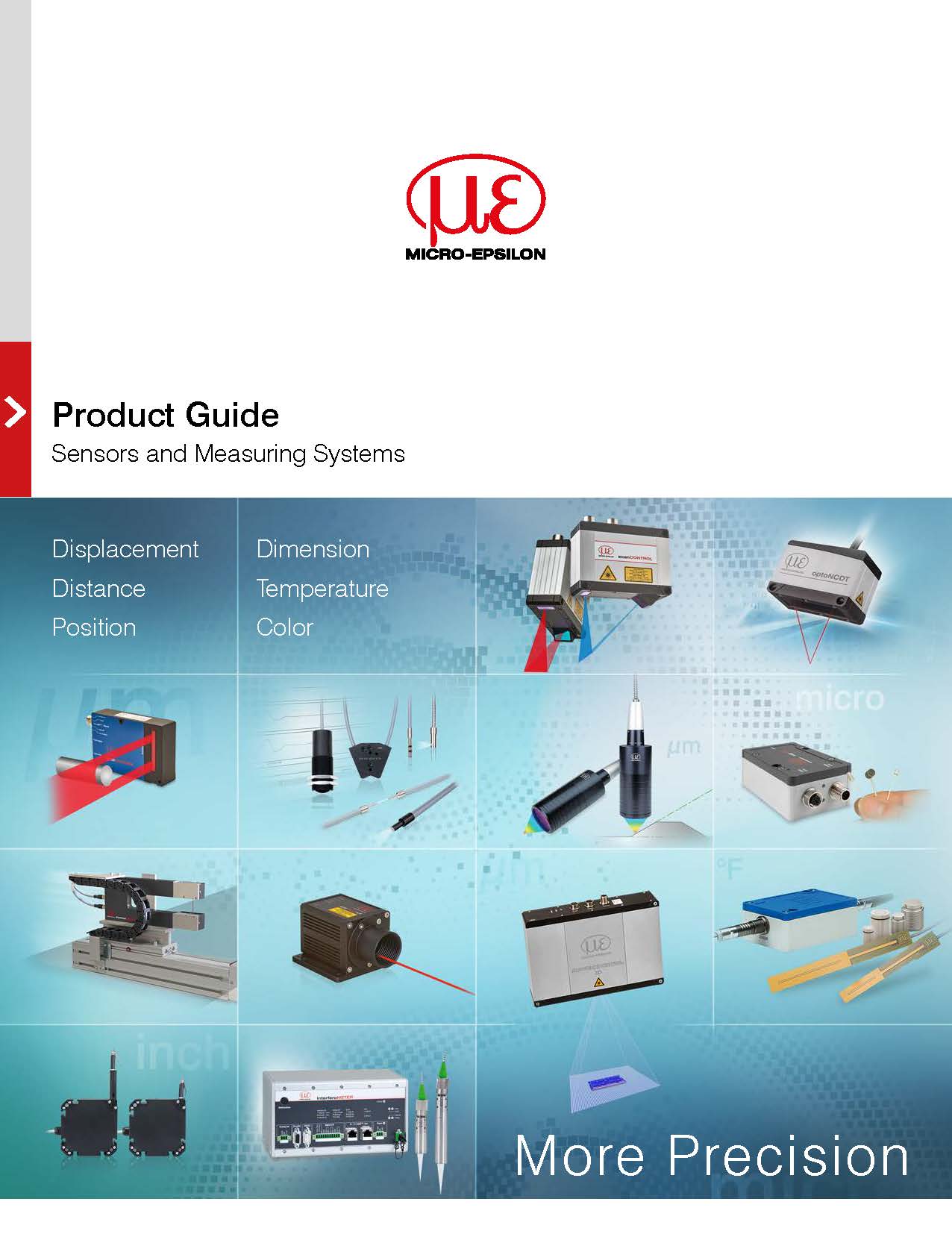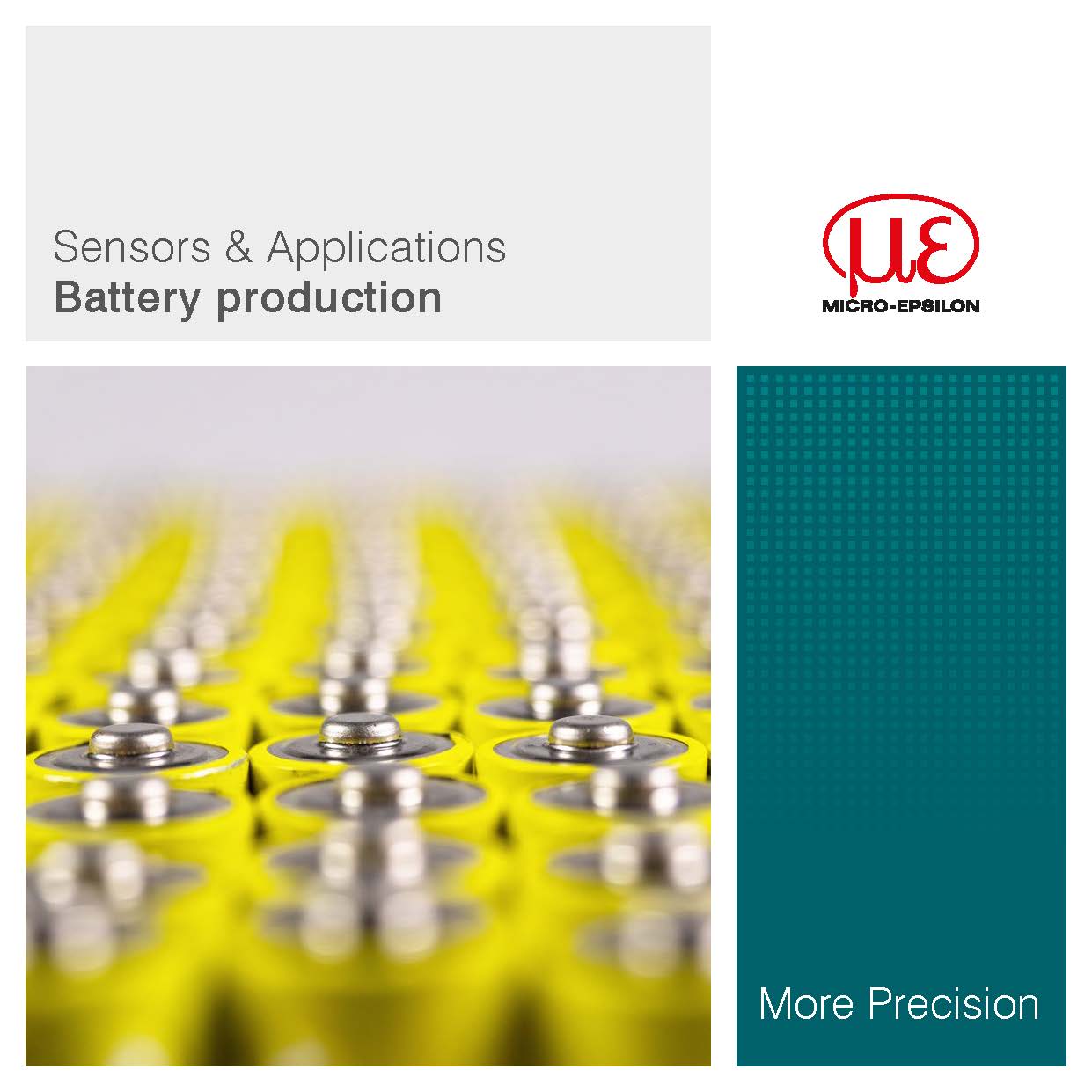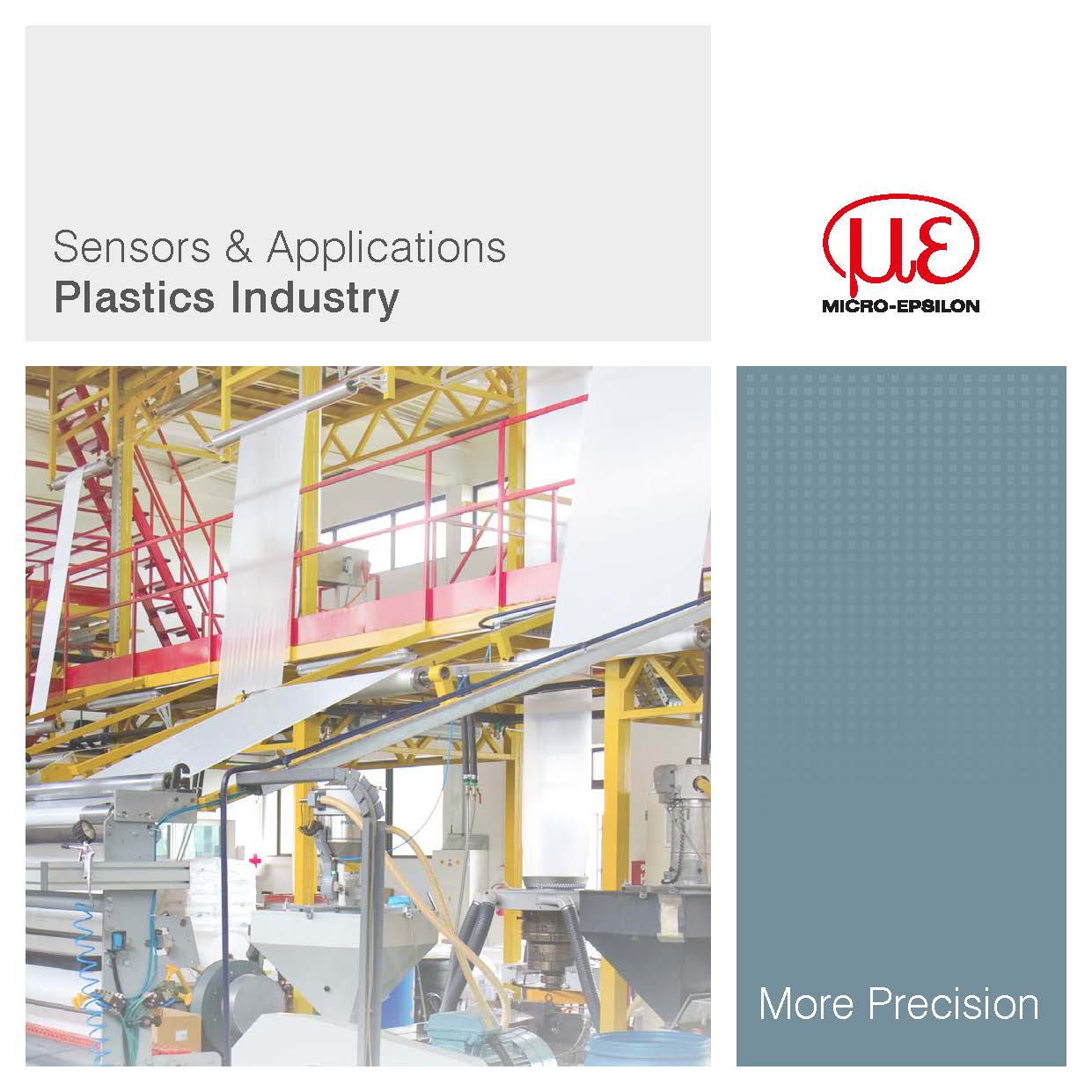Metallurgy |
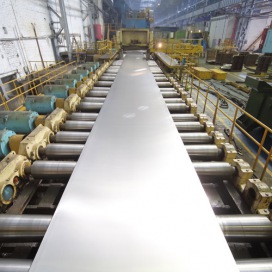 High resistance to harsh ambient conditions is often the priority during the production of various metals. Many sensors can tolerate the high thermal loads with special protective cases and accessories. Displacement sensors are frequently also used as well as temperature sensors. Micro-Epsilon also provides complete measurement systems for the quality control. |
Non-contact thickness measurement of aluminum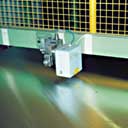 For the prompt detection of incorrect thickness on aluminum strip, patented laser triangulation sensors are employed as a modern alternative solution to isotope measurement systems. To save costs the places on the strip which are outside the permissible thickness tolerance are not provided with a foodstuffs-compatible coating and so the strip can be recycled without problem in production. At the point of measurement the sensors are mounted opposite one another, above and below the passing aluminum strip. Irrespective of the exact height position of the strip, the exact material thickness is obtained by a simple distance signal coupling, F=Ref. - (A + B), of both sensors. Sensor technology applied |
| __________________________________________________________________________________________________________ |
Aluminum thickness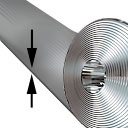 It is important to know the thickness of the plates for the manufacture of aluminum plates. The non-contact profile measuring system measures the profile of the plates using a capacitive sensor. At the same time, the width of the plate is determined during the measurement. The reversing rolling stand and the following roller stands can be better adjusted using the data obtained. The system is integrated in the existing roller track. Installed directly before the cropping shear where the plate is stationary for the cut, the production process is not impaired. Sensor technology applied |
| __________________________________________________________________________________________________________ |
Automatic height adjustment for material analysis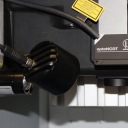 Laser-induced breakdown spectroscopy (LIBS) performs precise analysis of the atomic composition of different materials. The measurement objects involved are mostly mineral or metallic parts whose surfaces have different gloss levels and which are sometimes extremely tilted. SECOPTA analytics GmbH uses the ILD1320-100 sensors from Micro-Epsilon in this application to automatically readjust the height of the LIBS sensor head. Particularly with metal samples whose surfaces have different textures such as oxidized spots, the ILD1320 with the ATC feature is a reliable sensor. Sensor technology applied |
| __________________________________________________________________________________________________________ |
Iron and steel molten mass - temperature measurement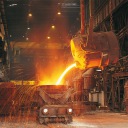 Infrared temperature sensors from Micro-Epsilon measure the temperature of the molten mass in casting plants immediately before filling the moulds. The temperature values are used for monitoring the specified target temperatures. Sensor technology applied |
| __________________________________________________________________________________________________________ |
Liquid Aluminum Level Measurement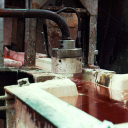 To obtain a homogeneous oxide-free aluminum cast, the aluminum level in the open mould must be kept constant to within 1 mm or better. A constant level is achieved by controlled tilting of the furnace. The current level is measured and monitored from above with air-cooled eddy current sensors. A temperature-stable output signal and the high operating temperature of the eddy current sensors are particularly significant in this measurement. Sensor technology applied |
| __________________________________________________________________________________________________________ |
Fluid level measurement of aluminum pig irons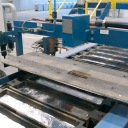 In Aluminum Gießereien wird die Schmelze in Formen gegossen, um daraus kleine Barren, sog. Masseln zu fertigen. Für ein konstantes Gewicht der Masseln ist der Füllstand in den Formen entscheidend. In einer speziellen Messanlage wird die Füllhohe berührungslos erfasst. Der österreichische Anlagenbauer Hertwich Engineering GmbH setzt für diese Aufgabe den Laserscanner scanCONTROL 2700 ein. |
| __________________________________________________________________________________________________________ |
Casting - temperature measurement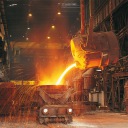 The measurement and the documentation of the production parameters in foundries are playing more and more important roles for the compliance with the quality requirements. Particular attention must be paid here to the measurement of the temperature in the production process. Sensor technology applied |
| __________________________________________________________________________________________________________ |
Cooling process - temperature measurement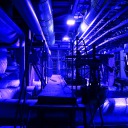 After pressing, the heated metal object is subjected to the cooling process. In order to guarantee a high quality finished product, a controlled cooling rate is necessary. Non-contact thermometers from Micro-Epsilon are particularly suitable for the temperature monitoring. Sensor technology applied |
| __________________________________________________________________________________________________________ |
Thickness measurement using displacement sensors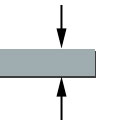 Thickness measurement using displacement sensors is a wide application area. Basically there are distinctions between non-destructive/destructive, non-contact/with contact and one-side/two-sided thickness measurement. The Micro-Epsilon measuring techniques for thickness measurement are all emission-free whereby no emissions regulations of any kind have to be complied with. Thickness measurements must be performed both with contacting as well as with non-contact sensors whereby non-contact measuring techniques show advantages as regards accuracy and measuring speed. There is also a distinction between one-sided and two-sided thickness measurement. Two-sided thickness measurements are carried out with at least one pair of sensors which are installed together on one axis. This pair of sensors measures the target synchronously. The difference between the measurement results (C-A-B) produces the thickness of the measuring object. One-sided thickness measurements must only be performed with non-contact sensors. In doing so, the target is only measured with one sensor and either only a part of the target thickness (e.g. layer thickness) or the complete measuring object thickness is measured. Thickness measurements are mainly used in process control and quality assurance, e.g. for the control of extrusion systems or 100% checking of tube diameters. Sensor technology applied |
| __________________________________________________________________________________________________________ |
Position monitoring in hardening ovens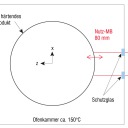 In the production of components for large-scale drives in their Dynamowerk Berlin, Siemens relies on measurement technology from Micro-Epsilon. Two optoNCDT ILR 1182 laser distance sensors monitor the correct position of these components on each hardening oven. If the target/actual position deviates, the position of the component is readjusted via roller blocks. This is crucial for quality as the hardening process of the complete component should be homogenous. Sensor technology applied |
| __________________________________________________________________________________________________________ |
Fluid level measurement of aluminum pig irons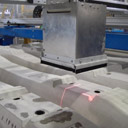 A German manufacturer of prestressed concrete products uses a number of 3D measurement systems by InSystems Automation with optical sensors made by Micro-Epsilon for quality control of railway sleepers. The systems include a portal station that is fitted to a forming station above the conveyor technology. Two scanCONTROL LLT2800-100 laser profile sensors travel along the portal axes and scan the sleepers from above. Sensor technology applied |
| __________________________________________________________________________________________________________ |
Reliable quality control in the rolling mill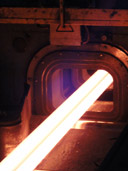 One of the profile rolling mills processes profile steel in reversing operation. The rod center is then measured and evaluated using a optoNCDT 1700-750BL. Sensor technology applied |
| __________________________________________________________________________________________________________ |
Displacement measurement on slag transporter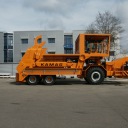 Draw-wire sensors are used to reduce the standstill time of slag transporters during the loading and unloading. They are installed on the tipping cylinder and the support cylinder. In this way, the signal of a limit switch no longer has to be waited for. Depending on the load state, the transporter can start the journey earlier. The sensor also withstands this demanding environment using a special case and wire extensions. Sensor technology applied |
| __________________________________________________________________________________________________________ |
Melting furnace – temperature measurement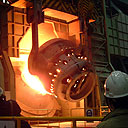 The non-contact temperature measurement in glass furnaces, melting furnaces and feeders is a more and more frequently used alternative to measurement with thermal elements. Micro-Epsilon provides infrared temperature measurement systems particularly for this area which can operate efficiently even without cooling at an ambient temperature of up to 250 °C. Sensor technology applied |
| __________________________________________________________________________________________________________ |
Steel production and processing - temperature measurement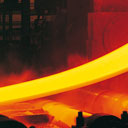 Infrared thermometers from Micro-Epsilon are used for almost every production stage in the manufacture of steel and aluminum. The precision pyrometers from Micro-Epsilon are used in order to obtain reliable data for efficient process control. Application areas • Casting • Preheating • Warm and cold rolling • Forging, annealing, hardening. Sensor technology applied |
| __________________________________________________________________________________________________________ |
Tunnel kiln - temperature measurement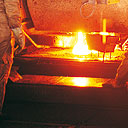 The use of precision pyrometers is indispensable for optimum furnace regulation in order to measure the exact internal temperature. The Micro-Epsilon temperature sensors have successfully proven themselves for the stationary measurement on the furnace. Sensor technology applied |




